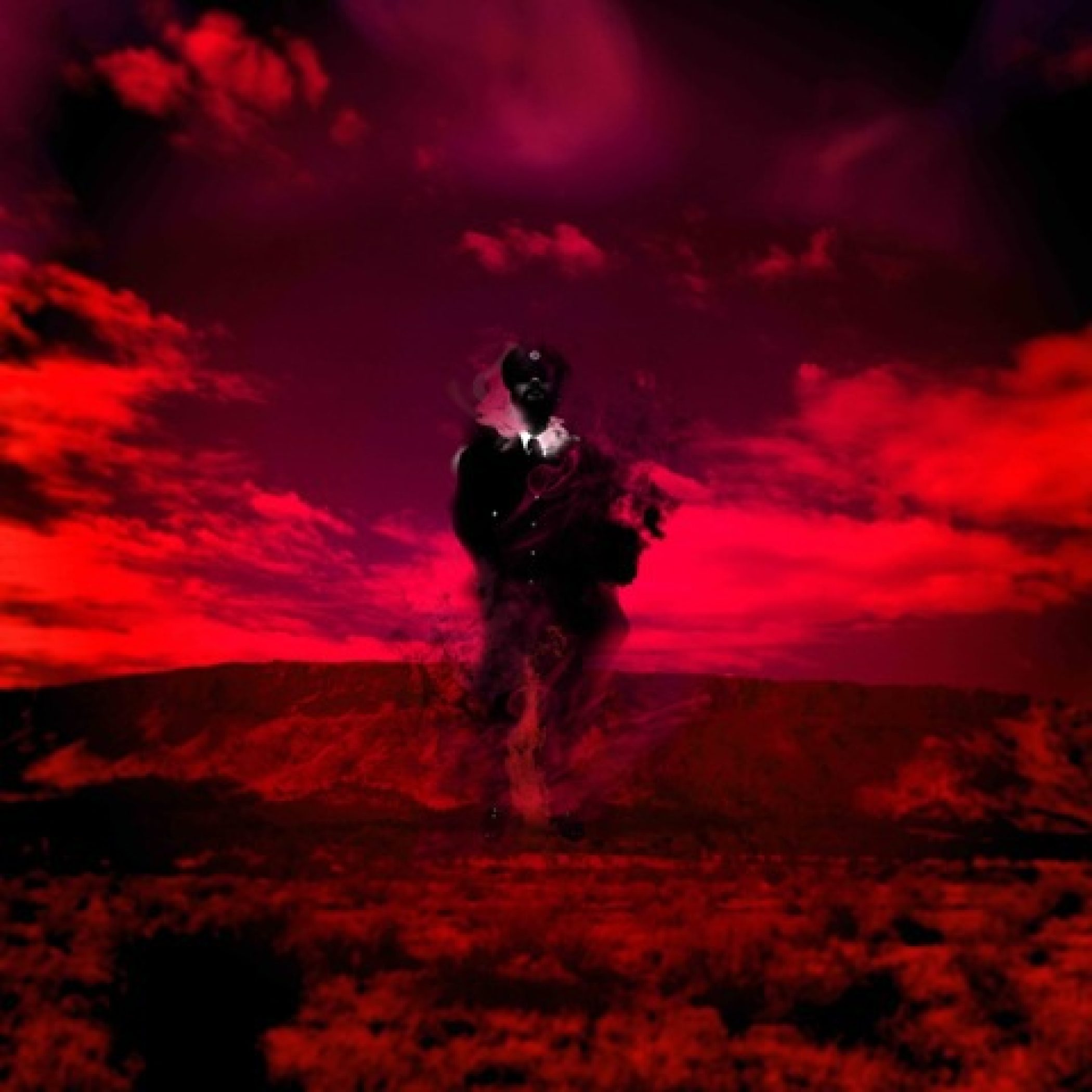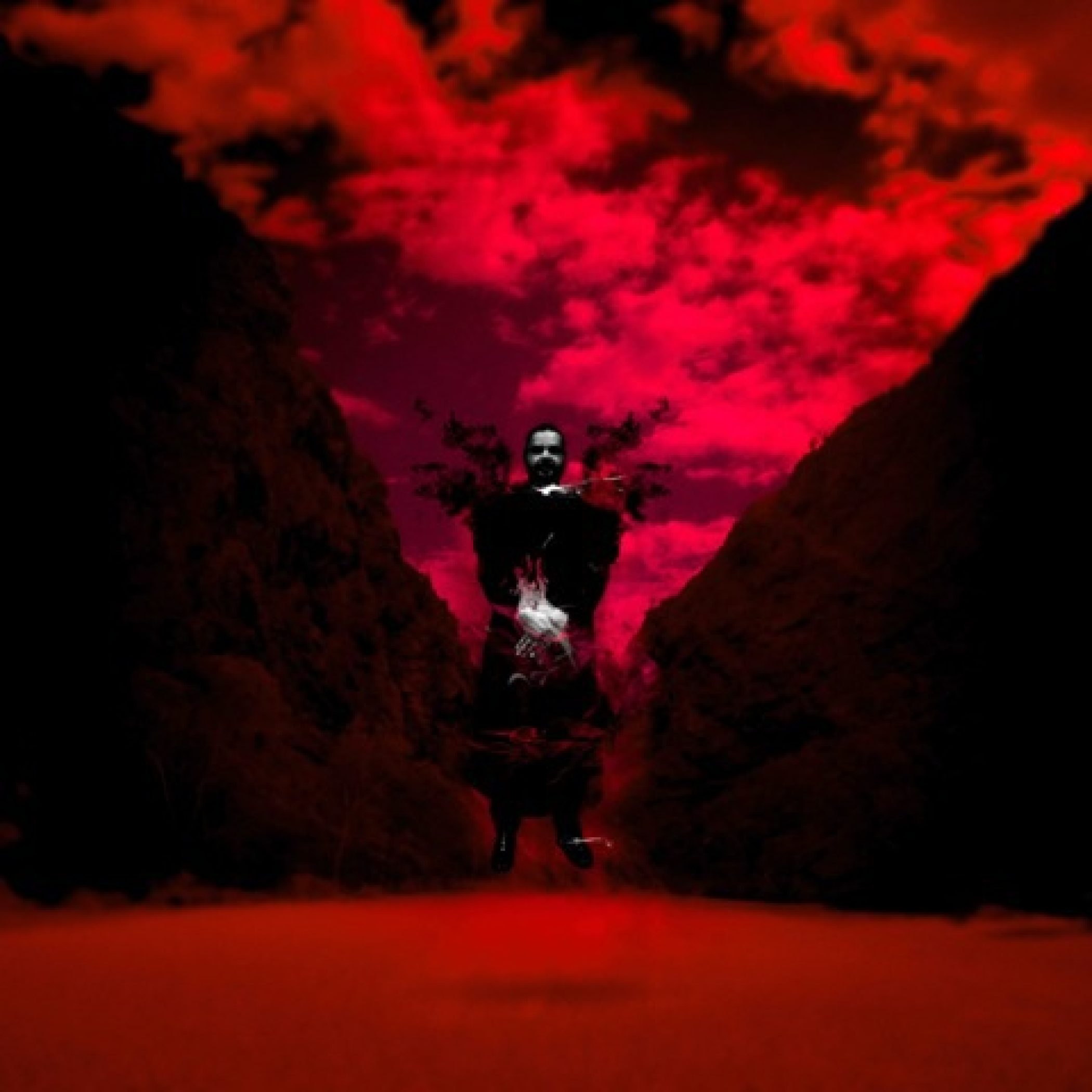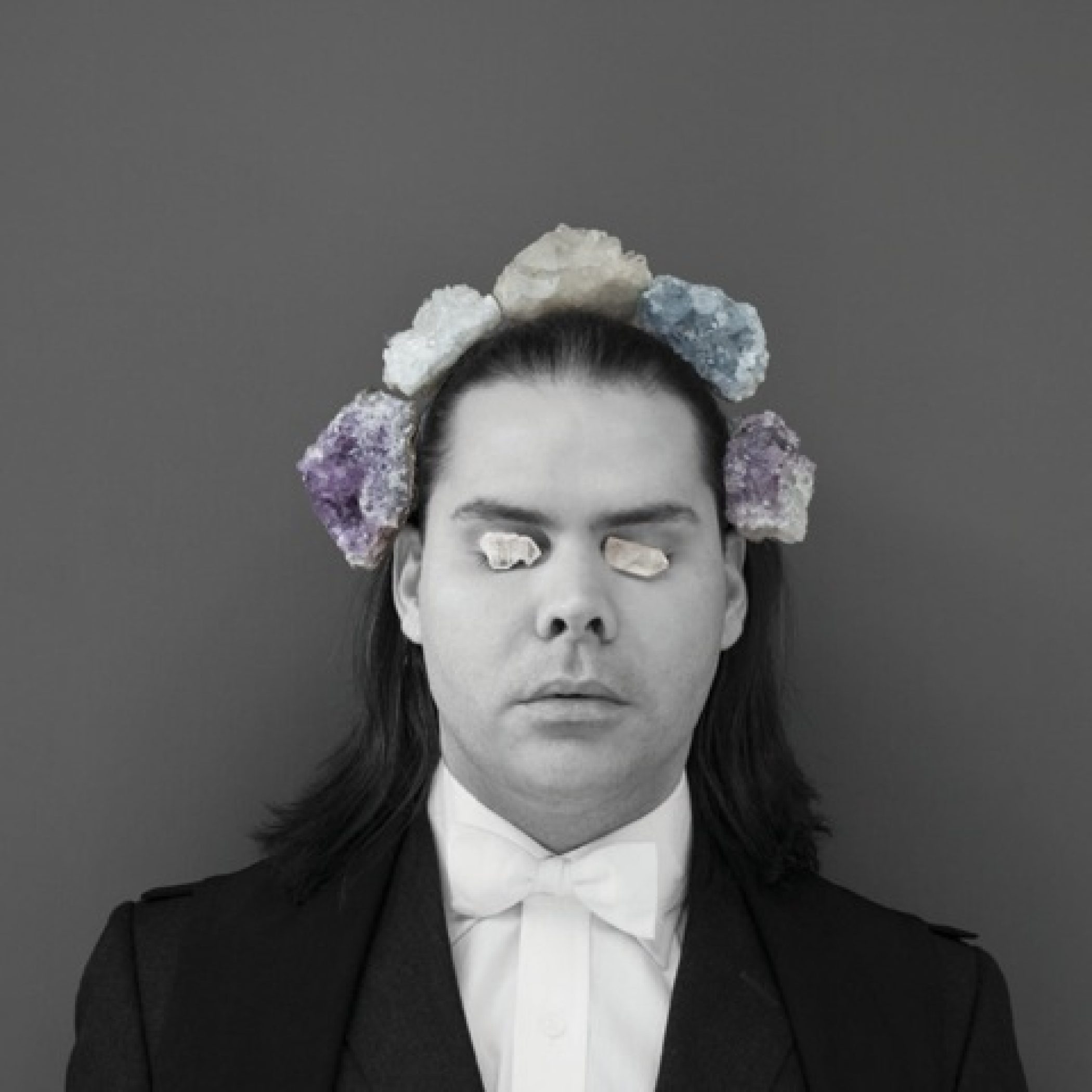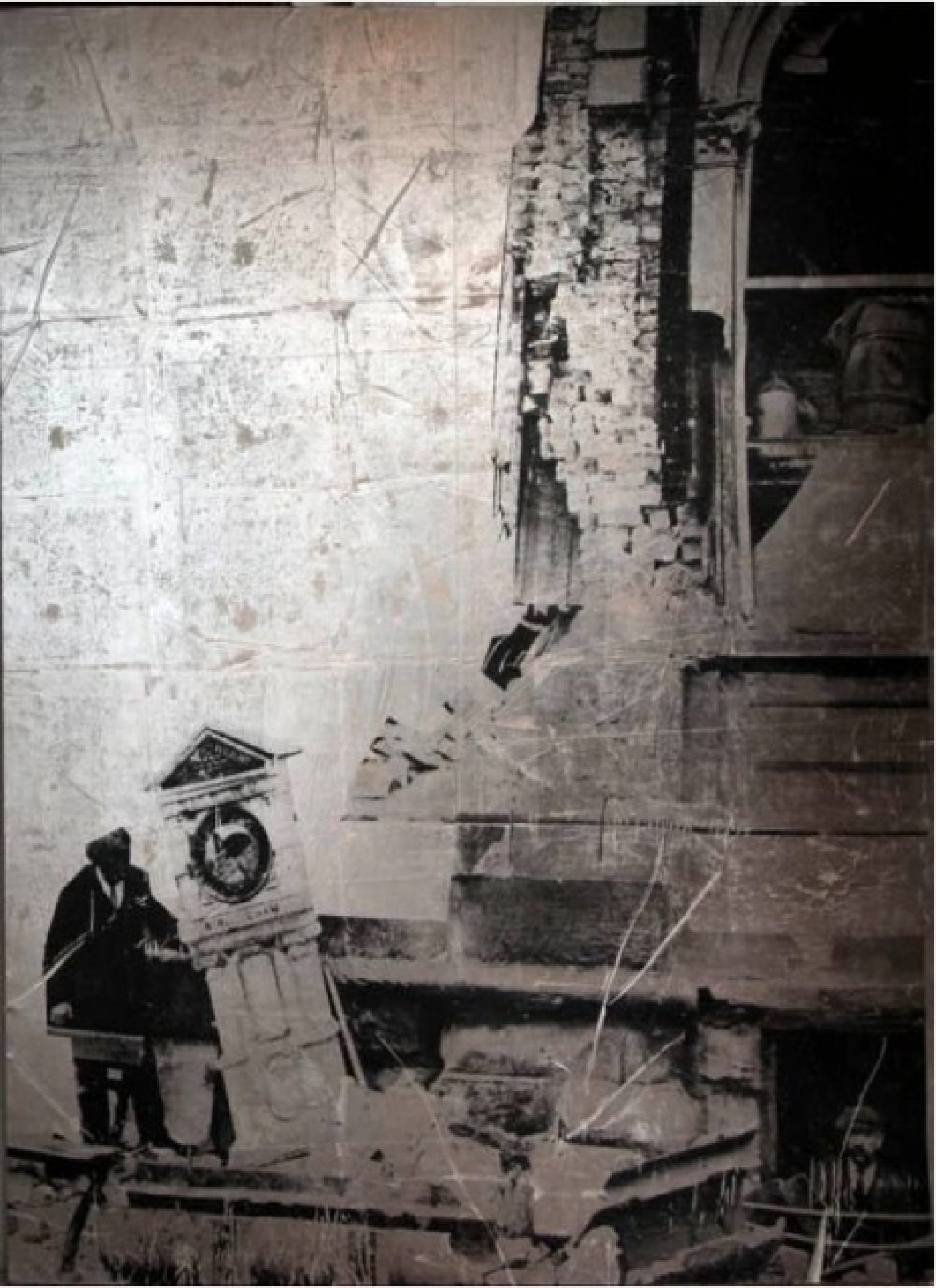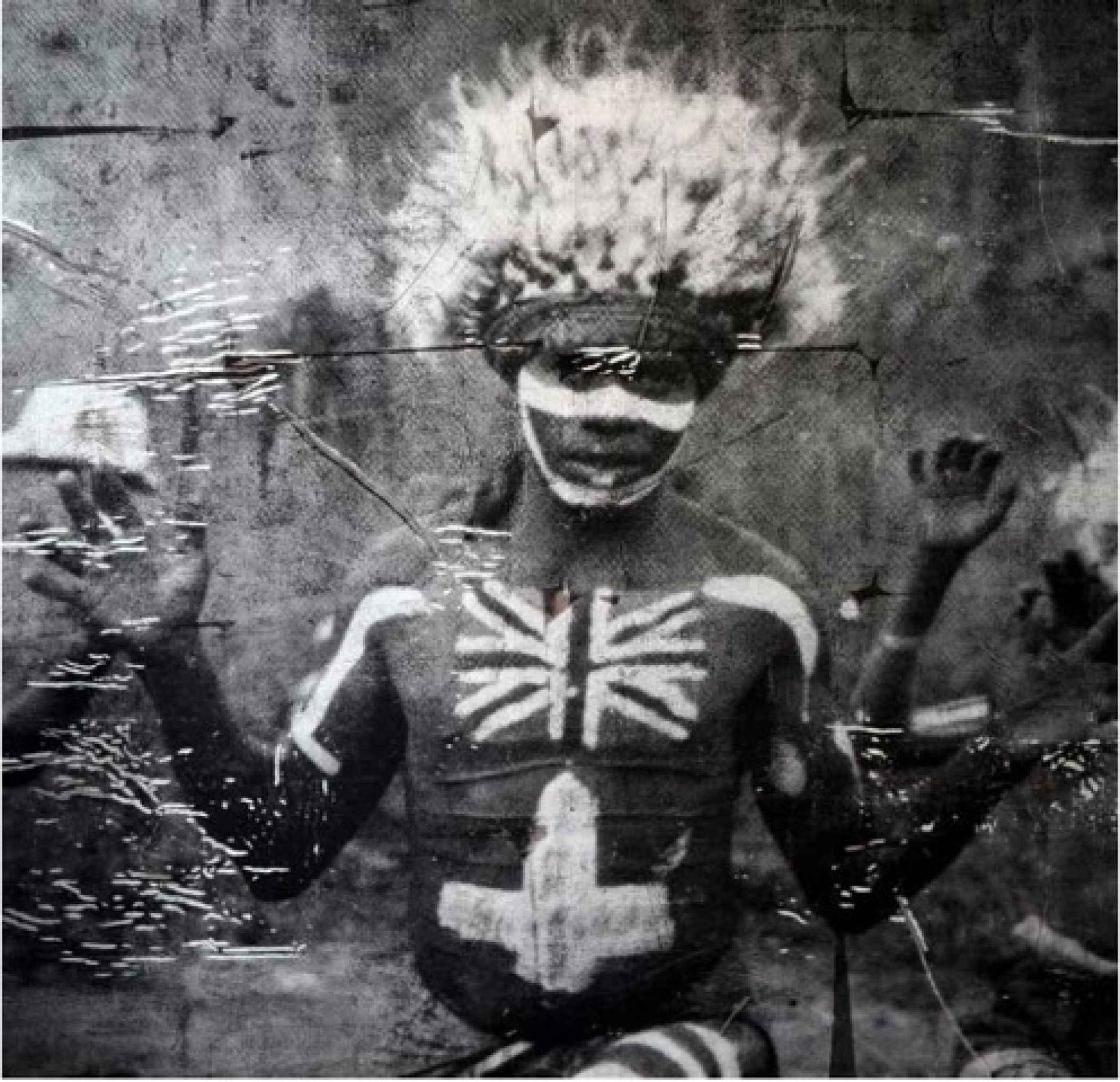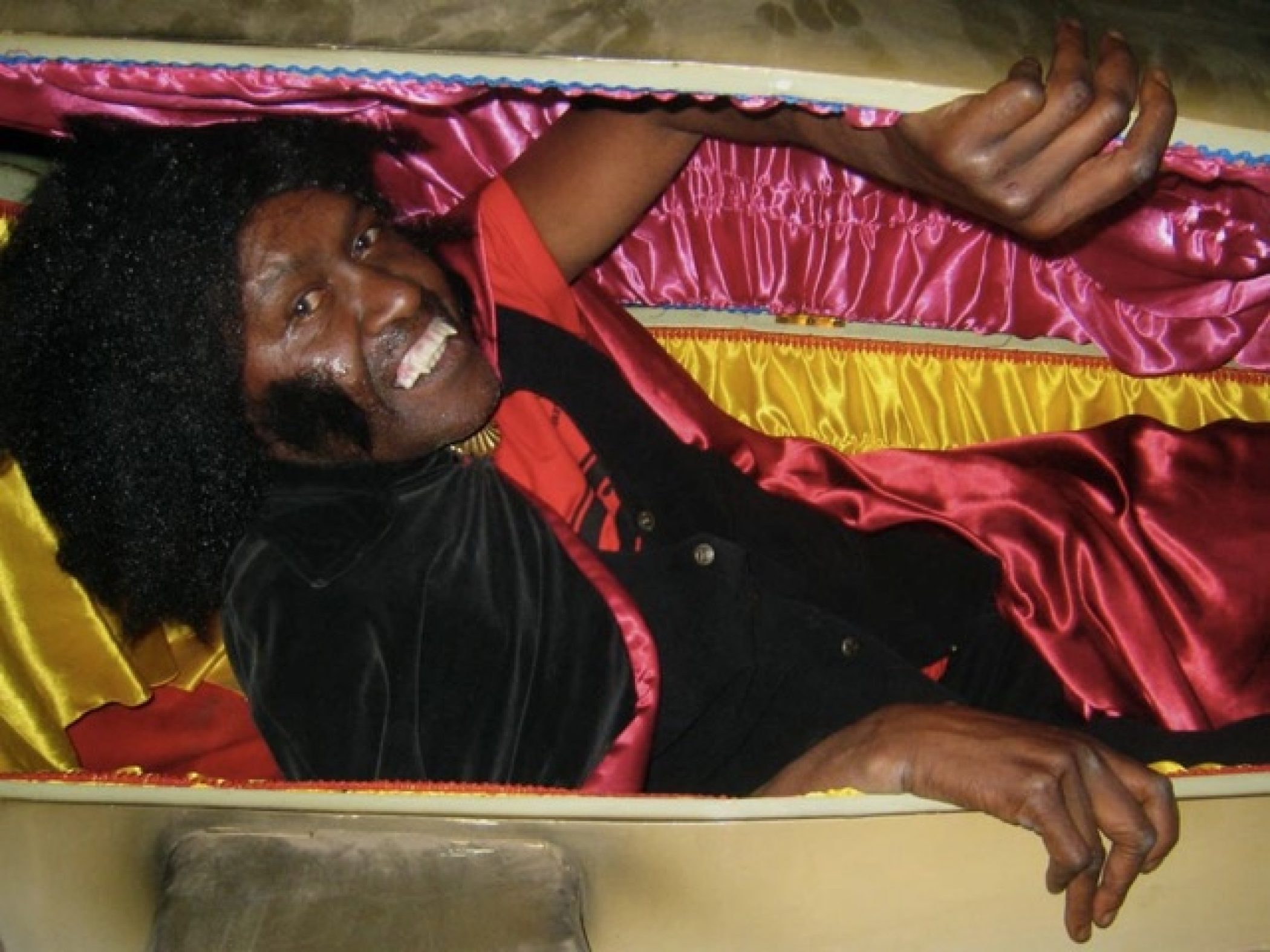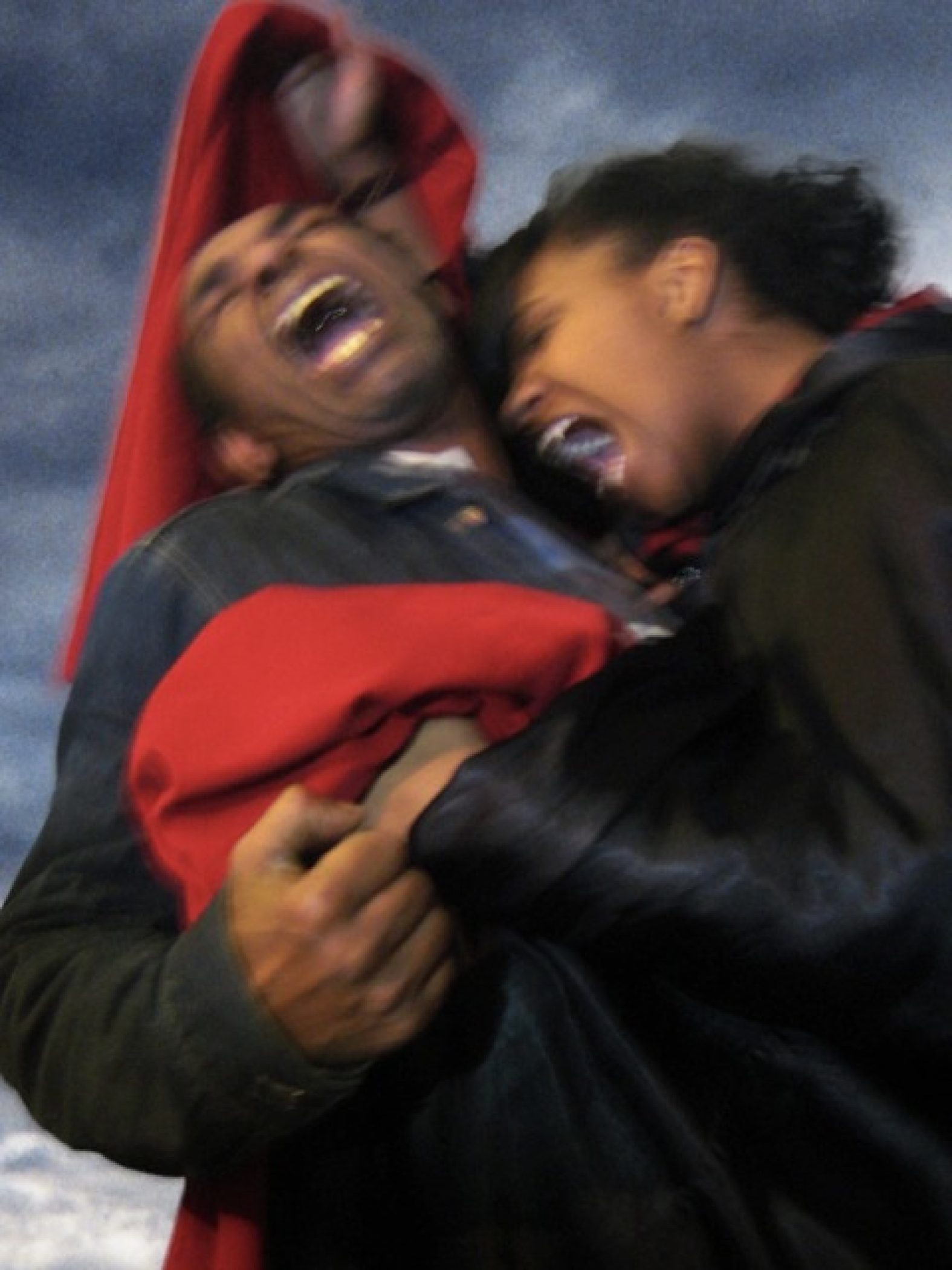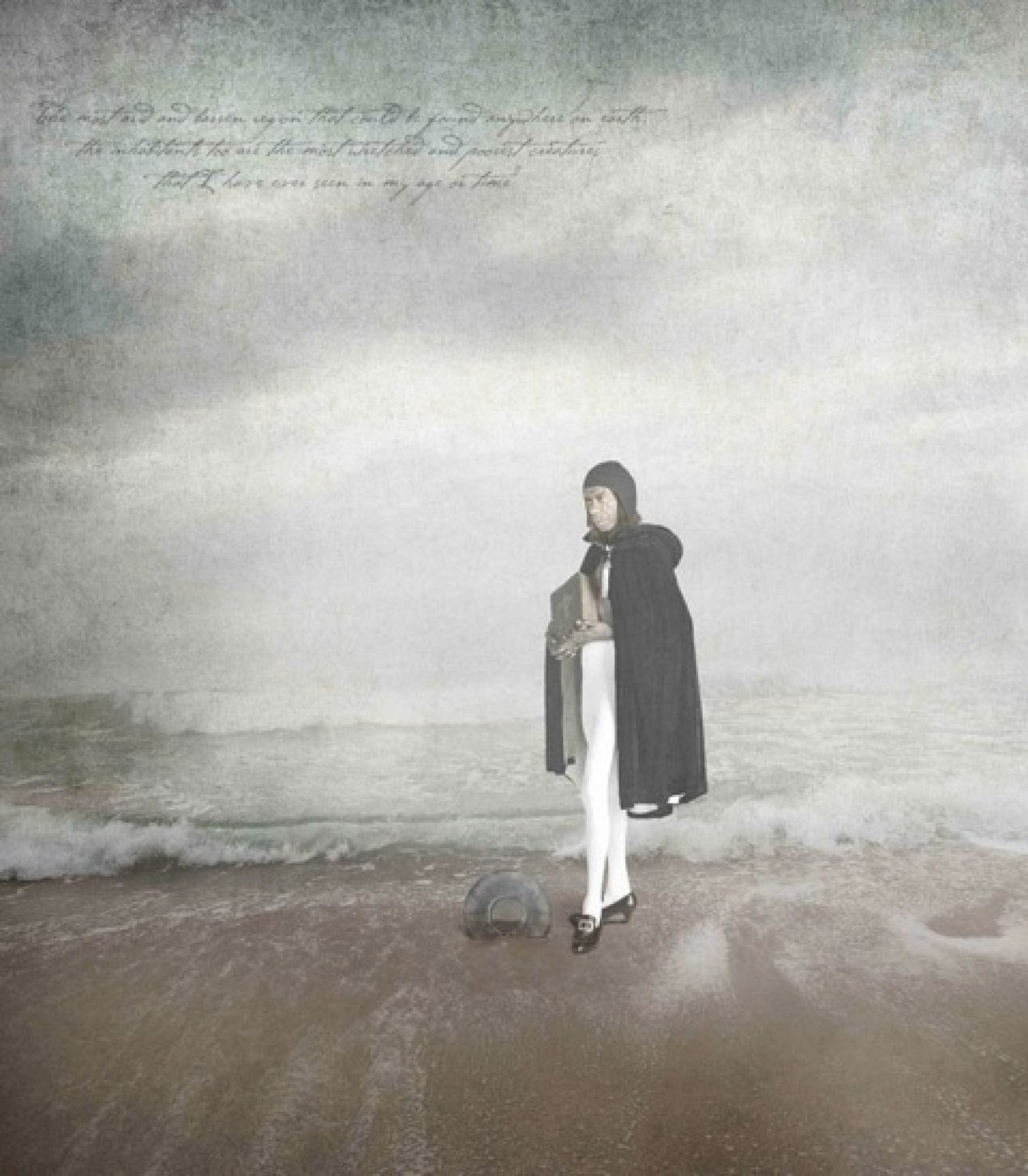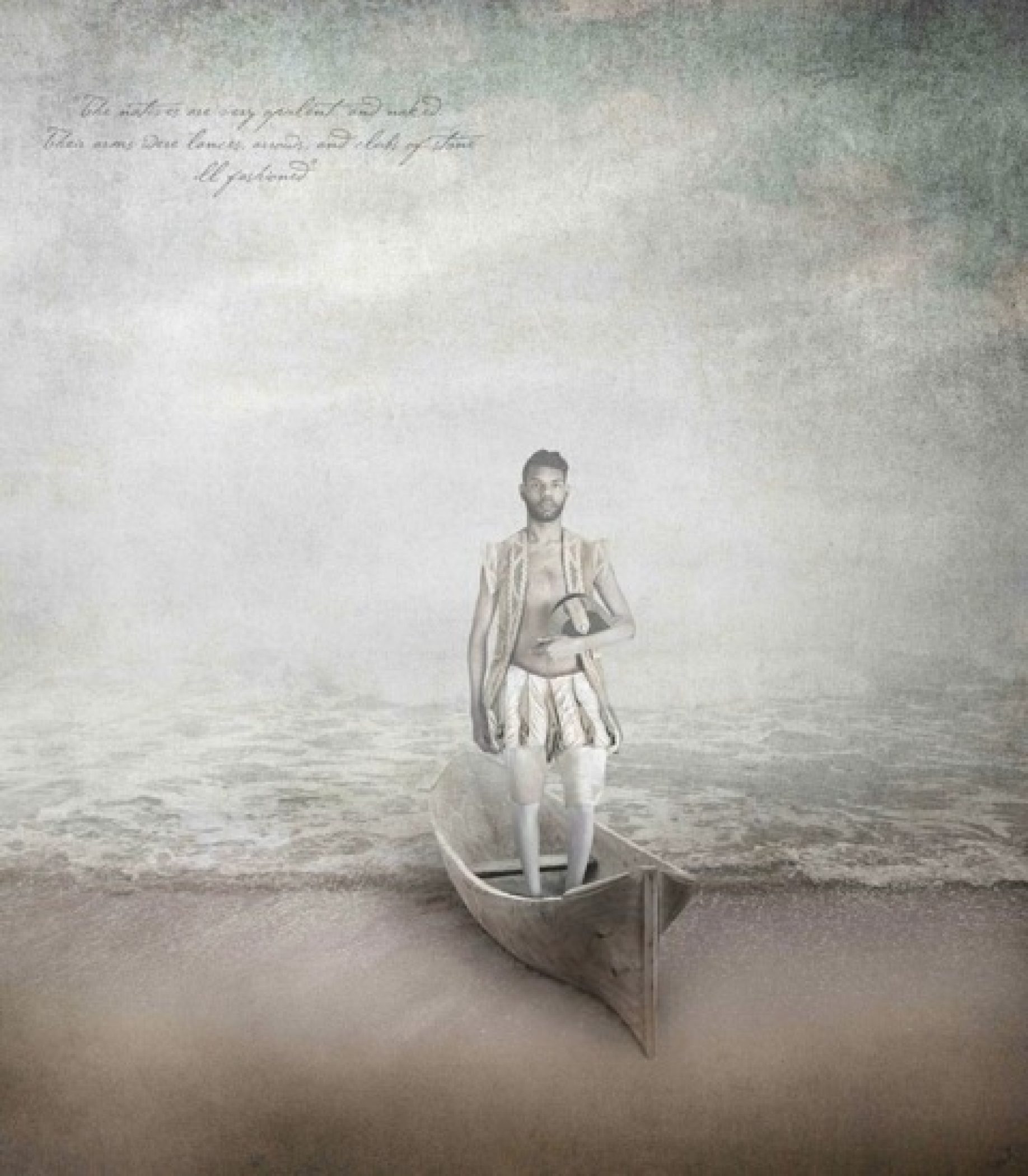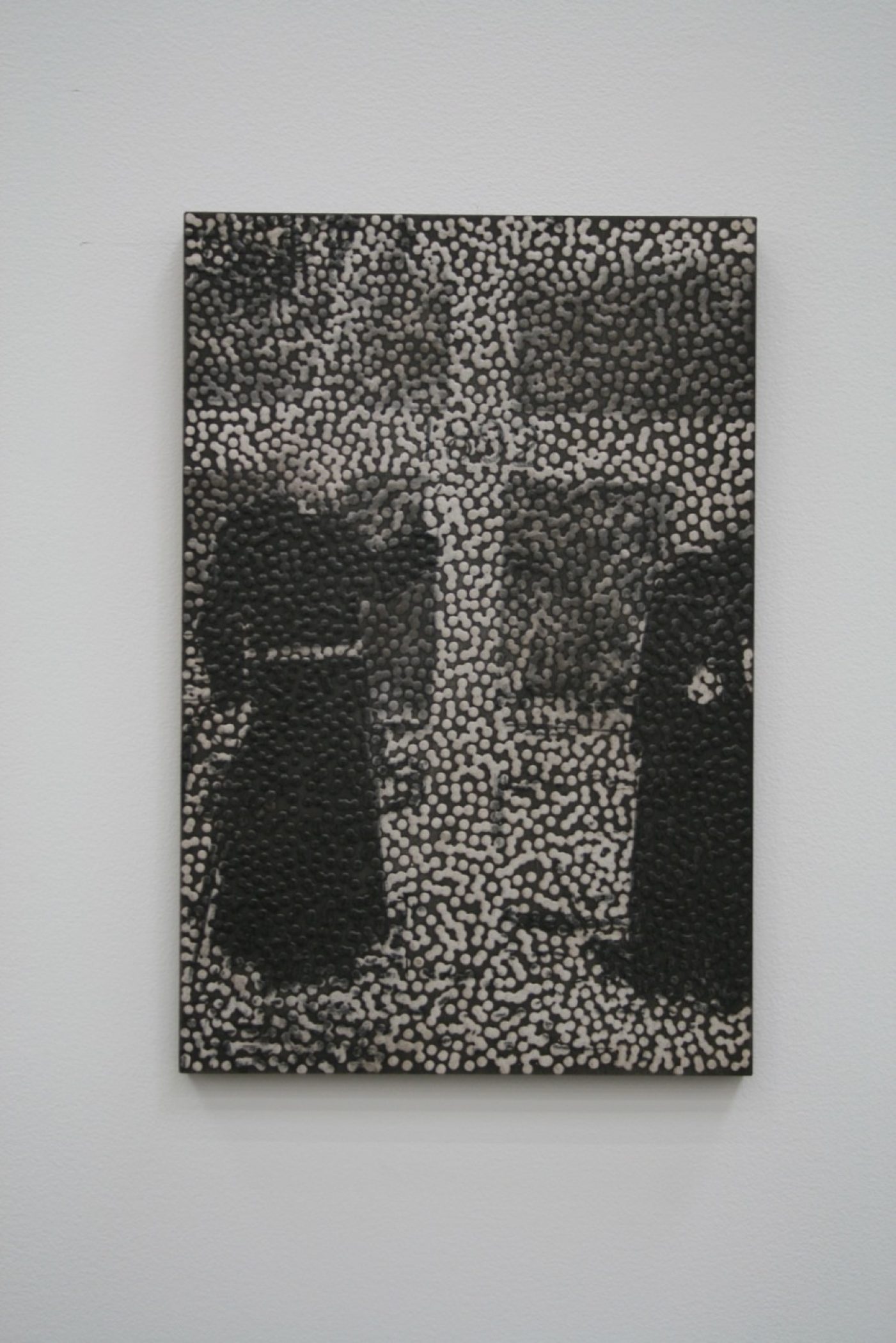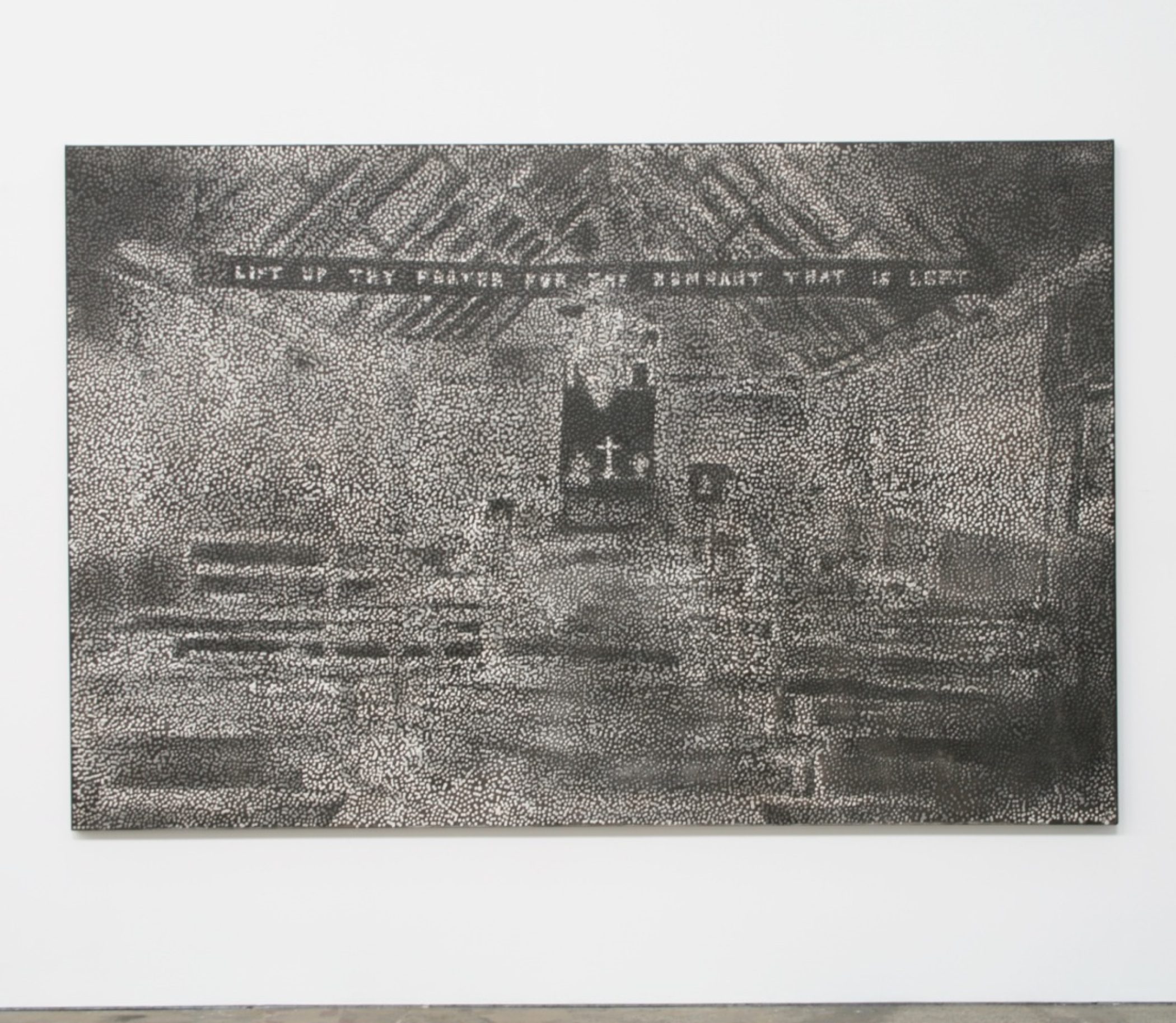Brook Andrew, Daniel Boyd, Gordon Bennett, Michael Cook, Destiny Deacon, Ricardo Idagi, Danie Mellor, Tracey Moffatt, Darren Siwes, Christian Thompson, Warwick Thornton, Nawurapu Wunungmurra, R E A
Debil Debil
20th April – 6th July 2013
Anna Schwartz Gallery Carriageworks
When Debil Debil opened in April 2013, it was twenty years since Tracey Moffatt’s feature film, beDevil, first screened in Australia. It was a revolutionary work of cinematic art that told three stories of ghostly characters living with, and in between the present, and the past. Its presence in this exhibition marks a point in our history. Since then, conceptual art work that tackles difficult matters of history and the self has flourished.
The artists and filmmakers who have contributed to ‘Debil Debil’ have each tackled the problematic presence of the ghosts of the past in a distinctive and powerful way, drawing uniquely on Australian history, colonial tropes, landscapes, our families of fauna and flora, indigenous history, feeling, and disturbing visions that reach into our lives.
The title, ‘Debil Debil’, is a reference to several characteristics of the work of this group. We have observed with great interest that the subjects of many of their works are recognisably characters from the dark past of frontier anthropology and history in Australia, sometimes human, sometimes ancestral, but always carrying multiple meanings. The power of these works is that, while appearing to reference a very modern present, they glance back, creating a tension, anxiety or a lack of resolution; and all the while showing what is and might have been. Their work delves into the past to resurrect not just history or ghosts, but reinterpretations of the self, place and the present, and grand visions.
Art breaks the boundaries of reality, or, at least, permeates them, creating fuzzy entries and exits to and from places in the mind and places in the world around us. In the marvellous Dictionary of Imaginary Places, the authors explain some of their dicta for carefully choosing places imagined in fiction rather than merely concealed or disguised:
“This victory of the imagination (or common sense) over duty, over the restrictions of factual truth, is of course rare. The world we call real has deadlocked boundaries in which the long-established principle that two bodies (let alone two mountains) cannot occupy the same place at the same time is rigorously observed.”[i]
Artists, however, are able to persuade us of the existence of phenomena that lie beyond the boundaries of ordinary perception and it is the imagined world, summoned from Australia’s ancient past by some of the heirs of its unique philosophies that we hope to capture in this exhibition. The evocation of emotional states and varieties of states of being, the imagination of the other; all of these are mysteriously ‘sensed’ and something other than the merely physical in our being is called upon in the work of ‘seeing’ art. Darren Siwes says this so well: “I see my work residing somewhere between the truth and a hypothetical.”
The artists responded to our invitation brilliantly. The works give us a sense that we are knocking at the door of the great unknown with little expectation of an answer. Yet, the dead speak. Lacan reminds us, “Now the real problem with the dead is that you cannot shut them up.” [ii]
Warwick Thornton has imagined a priest, a cowboy and a policeman, but not as we have ever seen them before. They rise up out of his being and his homeland as colonial and postcolonial ghosts. In Michael Cook’s work, Aboriginal Australians are dressed in the fashions of four European countries that visited Australia before and in the early stages of colonialisation: Spain, The Netherlands, England and France. Cook asks ‘what makes a person civilised?’ His imagined historical characters speak to this question with wit and charm. Brook Andrew problematises space and time. Not all is serious, however. Destiny Deacon’s undead characters speak to her memory of her brother in childhood and his fear of vampires. Sibling stalking is as much a family tradition as any other and deserves to be the subject of art.
There is much to be investigated in the works in ‘Debil Debil’. Brook Andrew, Gordon Bennett, Daniel Boyd, Michael Cook, Destiny Deacon, Ricardo Idagi, Danie Mellor, Tracey Moffatt, rea, Darren Siwes, Christian Thompson, Warwick Thornton, and Nawurapu Wunungmurra: they have shared themselves, the characters and places from their heritage, and re-enchanted our world.
Marcia Langton AM
[i] As cited in, David L. Clark, Schelling and Romanticism. Mourning Becomes Theory: Schelling and the Absent Body of Philosophy, McMaster University; URL accessed 25 June, 2005
[ii] Manguel, Alberto, and Gianni Guadalupi. The Dictionary of Imaginary Places. New York, Harcourt, Brace, Jovanovich, 1980.
Images
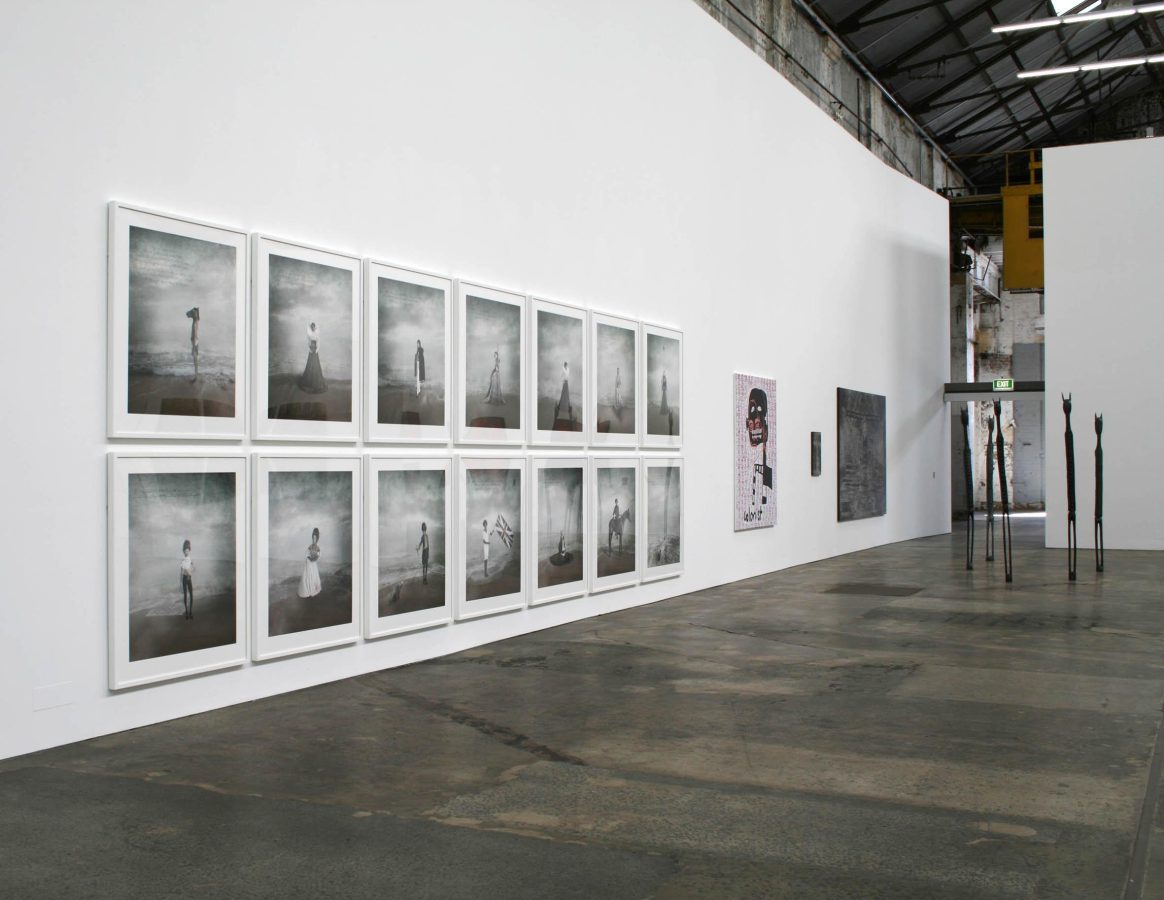
Debil Debil, 2013
installation view, Anna Schwartz Gallery, Carriageworks
curated by Marcia Langton AM
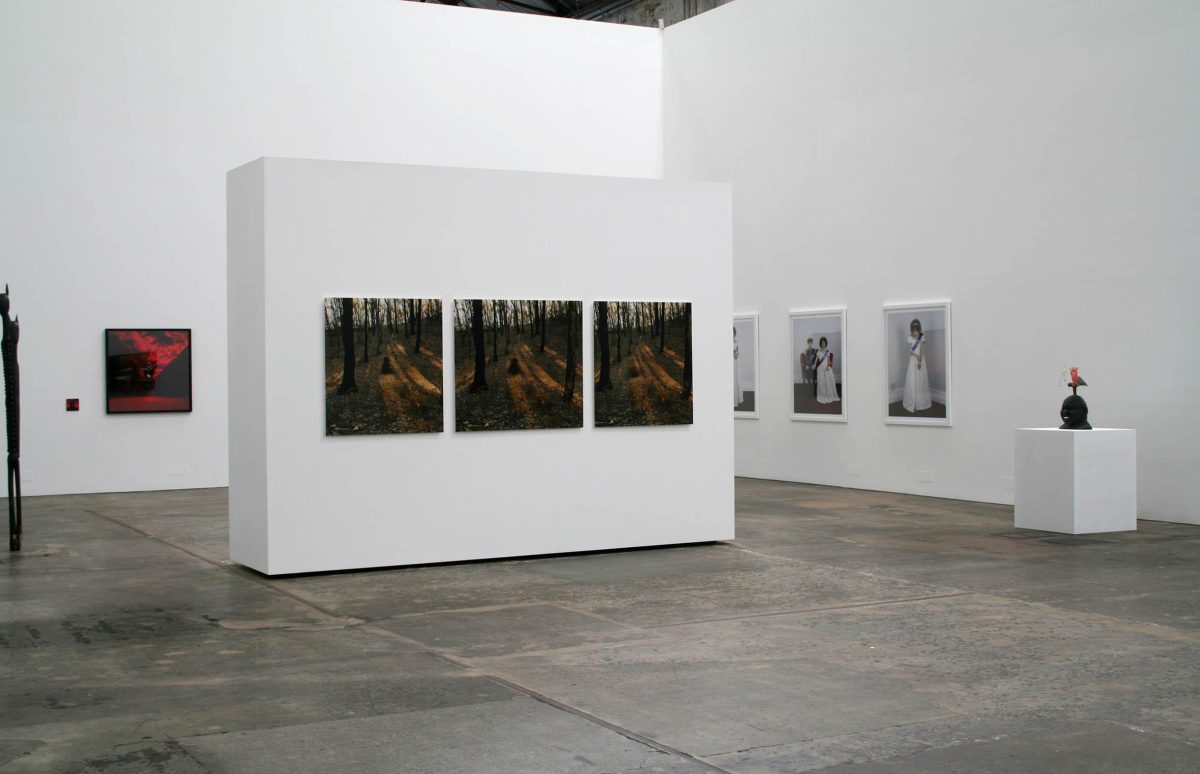
Debil Debil, 2013
installation view, Anna Schwartz Gallery, Carriageworks
curated by Marcia Langton AM
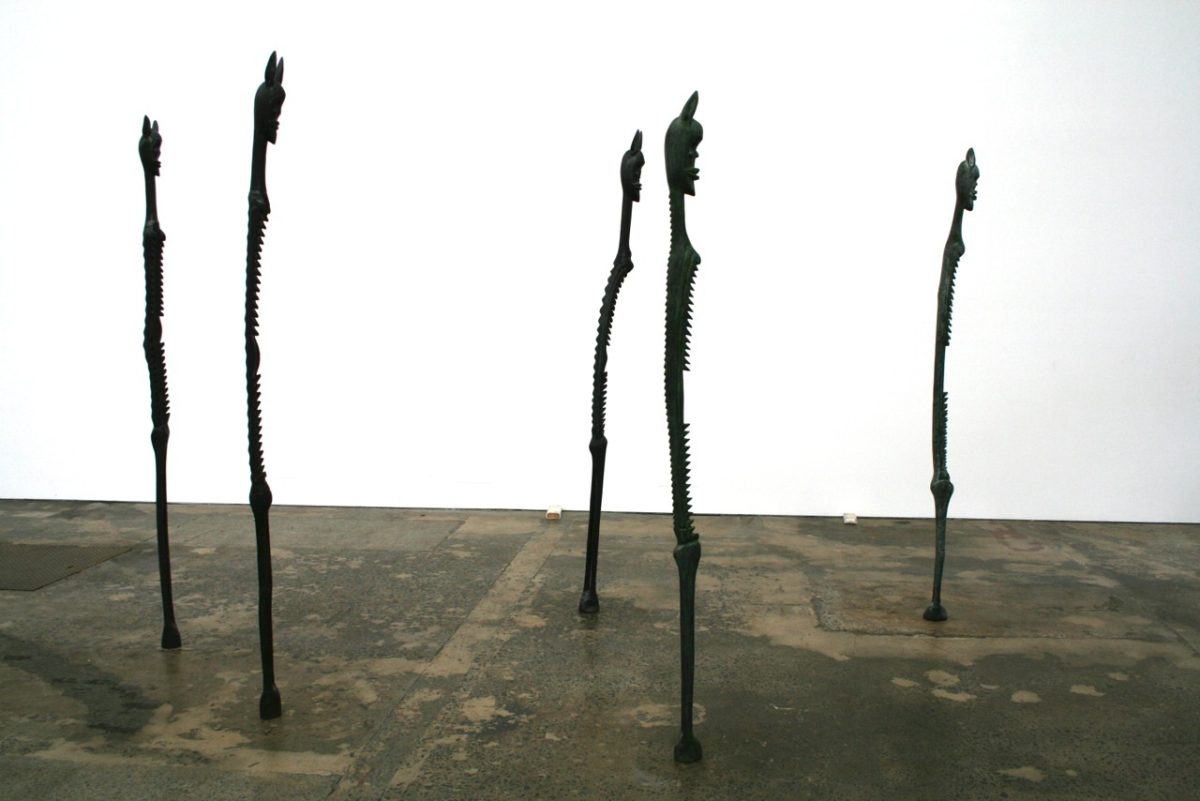
Nawurapu Wunungmurra
Mokuy, 2011
Bronze
Dimensions variable

Warwick Thornton
Untitled 1, 2013
Pigment prints
2 parts: 100 x 100 cm; 14.8 x 14.8 cm
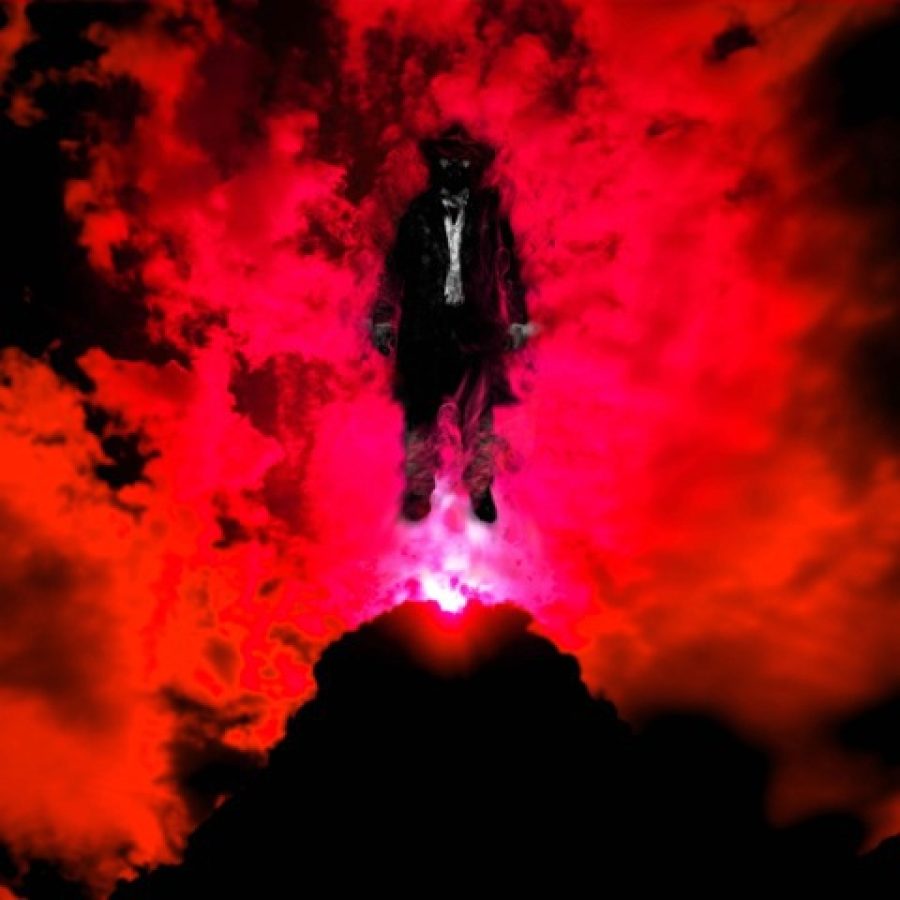
Warwick Thornton
Untitled 2, 2013
Pigment prints
2 parts: 100 x 100 cm; 14.8 x 14.8 cm

Warwick Thornton
Untitled 3, 2013
Pigment prints
2 parts: 100 x 100 cm; 14.8 x 14.8 cm
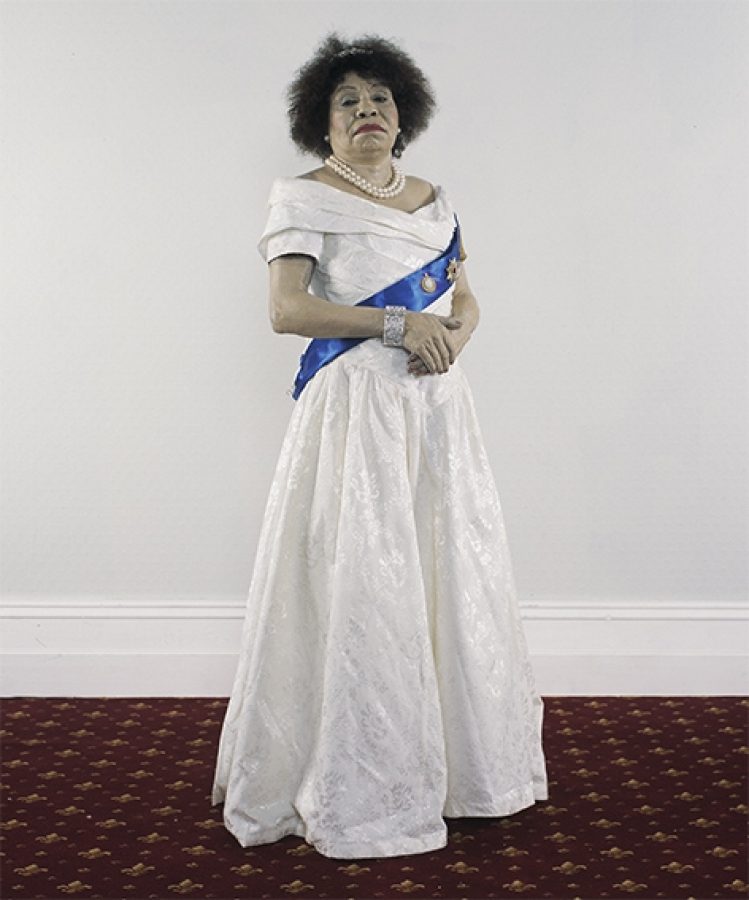
Darren Siwes
Gudjerie Kwin, 2013
Giclée Print on Kodak Lustre, framed
137.5 x 117 cm
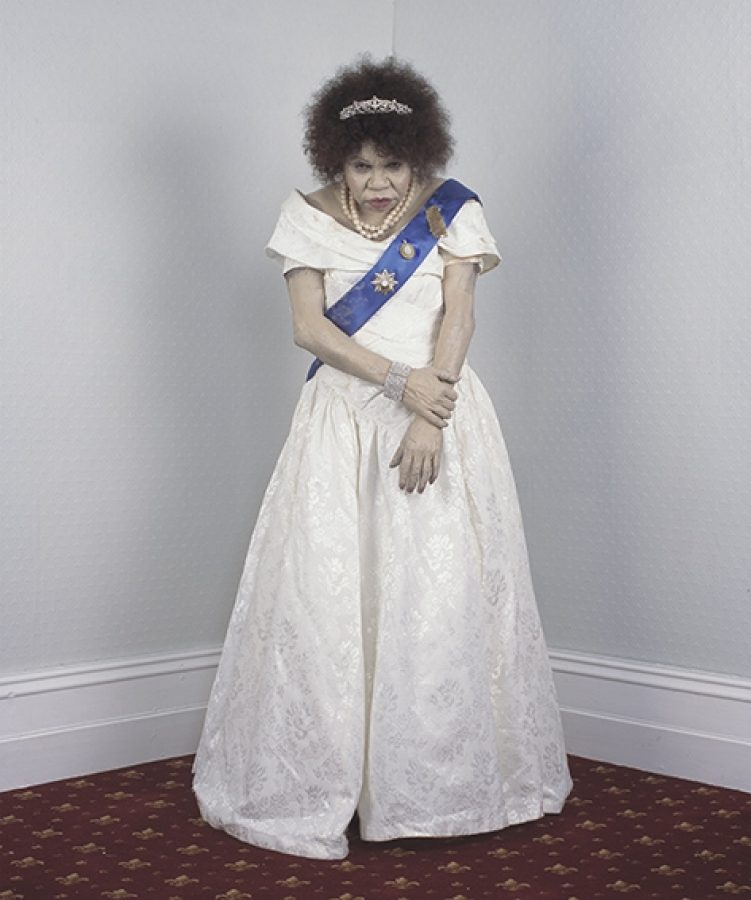
Darren Siwes
Northie Kwin, 2013
Giclée Print on Kodak Lustre, framed
137.5 x 117 cm
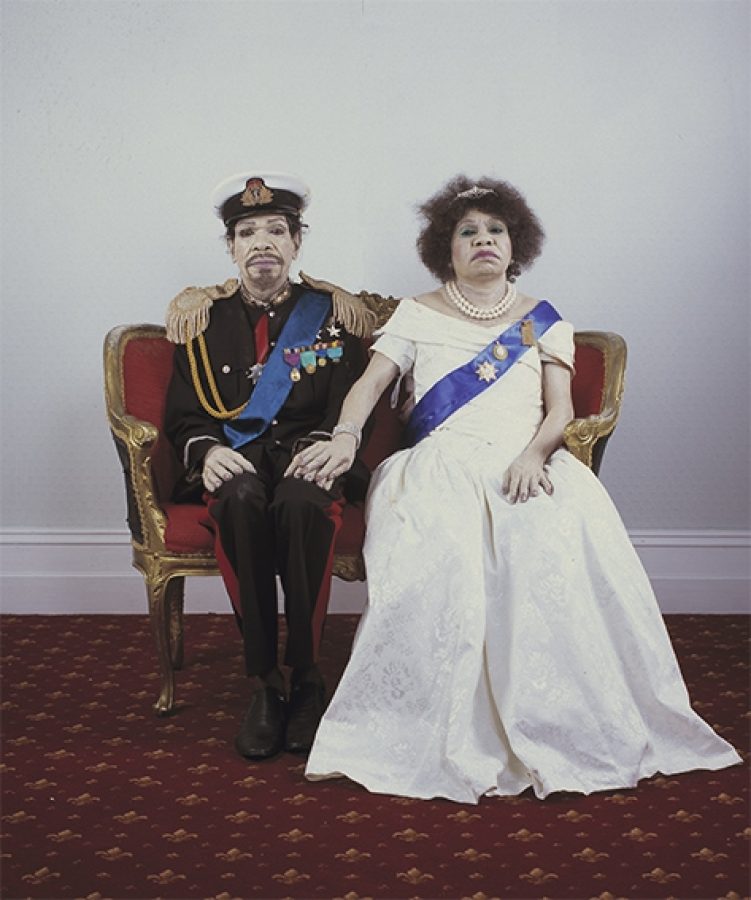
Darren Siwes
Jingli Kwin, 2013
Giclée Print on Kodak Lustre, framed
137.5 x 117 cm

Tracey Moffatt
beDevil, 1993
35 mm feature film, screening format DVD
90 minutes
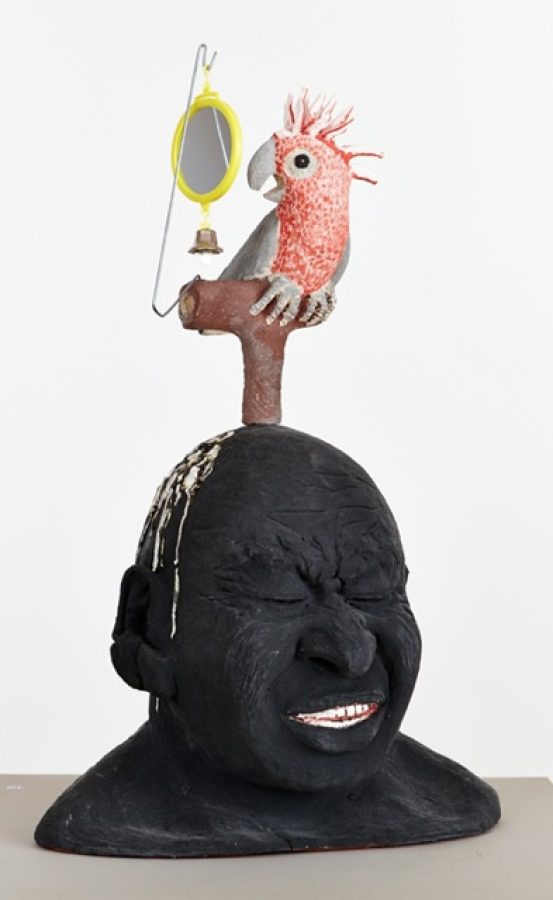
Ricardo Idagi
False Evidence Appearing Real, 2012
Earthenware clay, under glaze, wood, steel, plastic and glass
60 x 37 x 27 cm
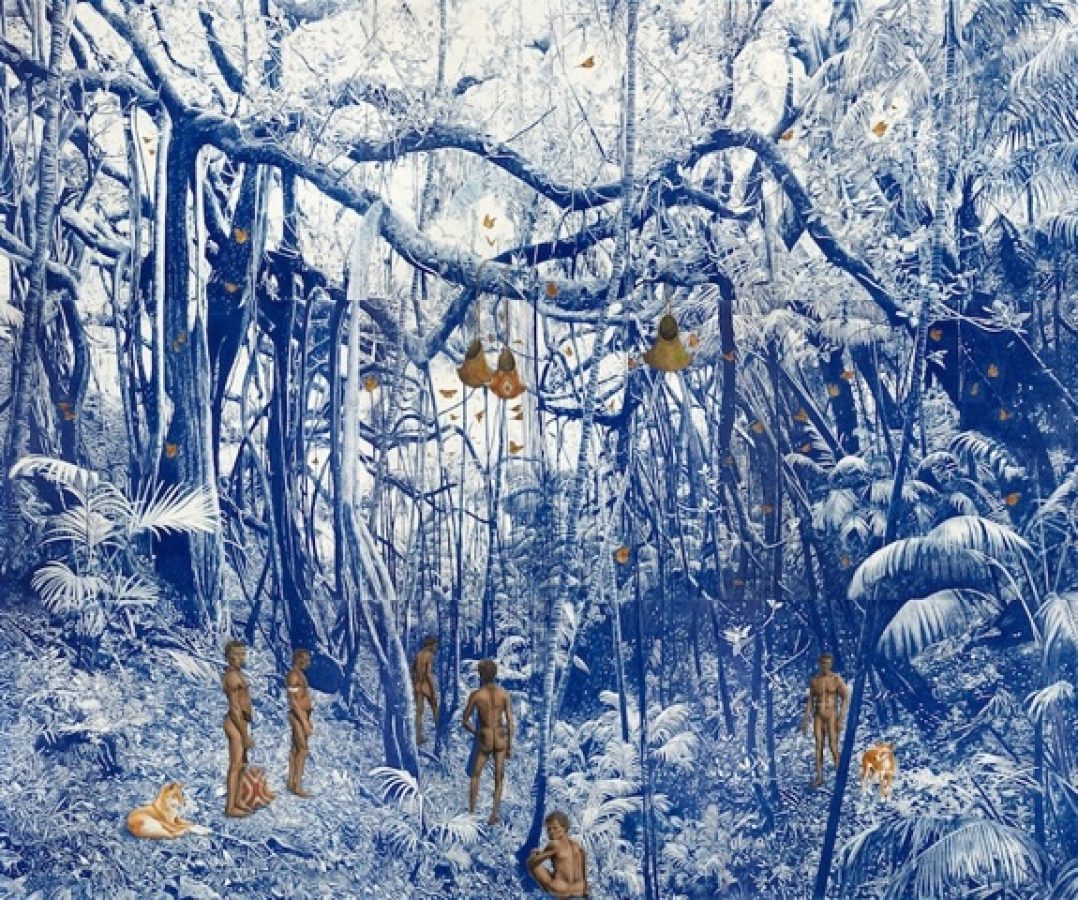
Danie Mellor
Bayi Minyjirral, 2013
Mixed media on paper
9 panels; each 100 x 120 cm. Overall 300 x 360 cm
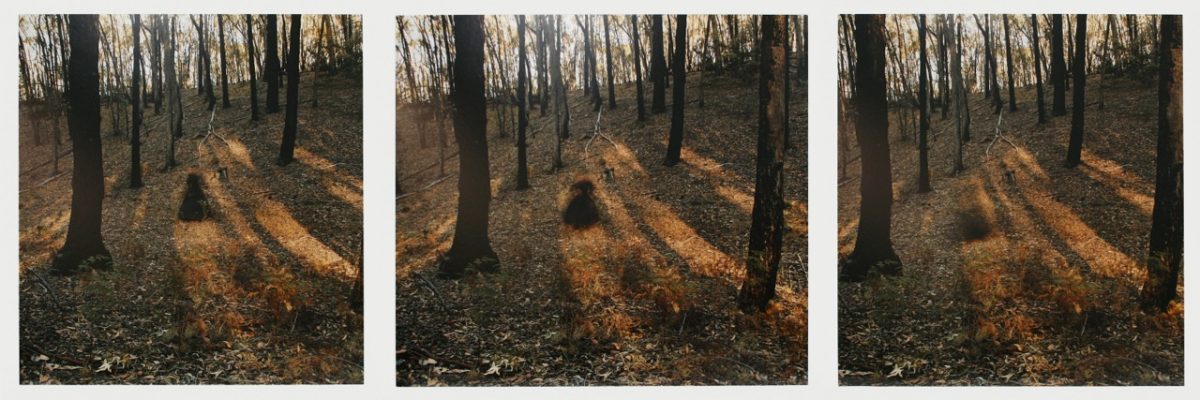
R E A
PolesApart 4, 2009
Photographic triptych mounted on foamcore
3 parts; 100 x 92 cm; 100 x 110 cm; 100 x 92 cm
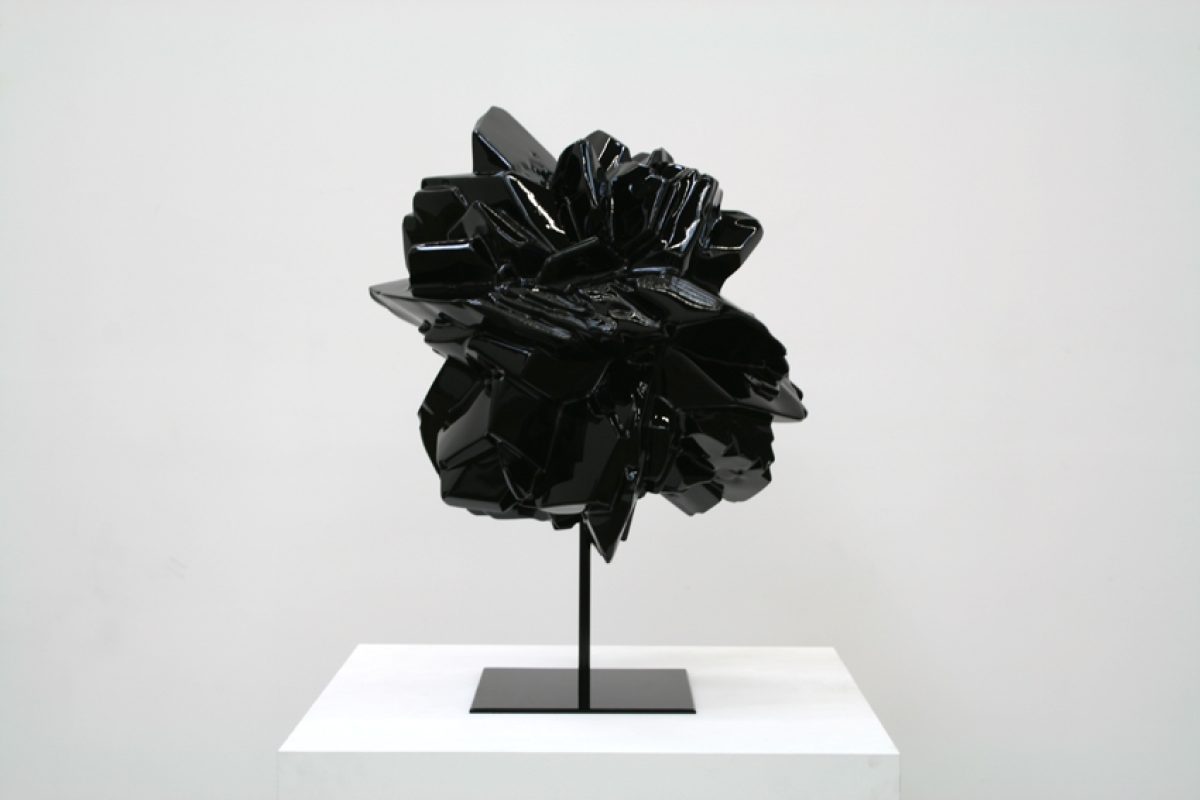
Christian Thompson
He’s Learning The Language, 2013
Cast resin
60 x 50 x 50 cm

Christian Thompson
Forgiveness Of Land, 2013
C‑type print on Fuji pearl metallic paper, framed
104.3 x 104.3 cm
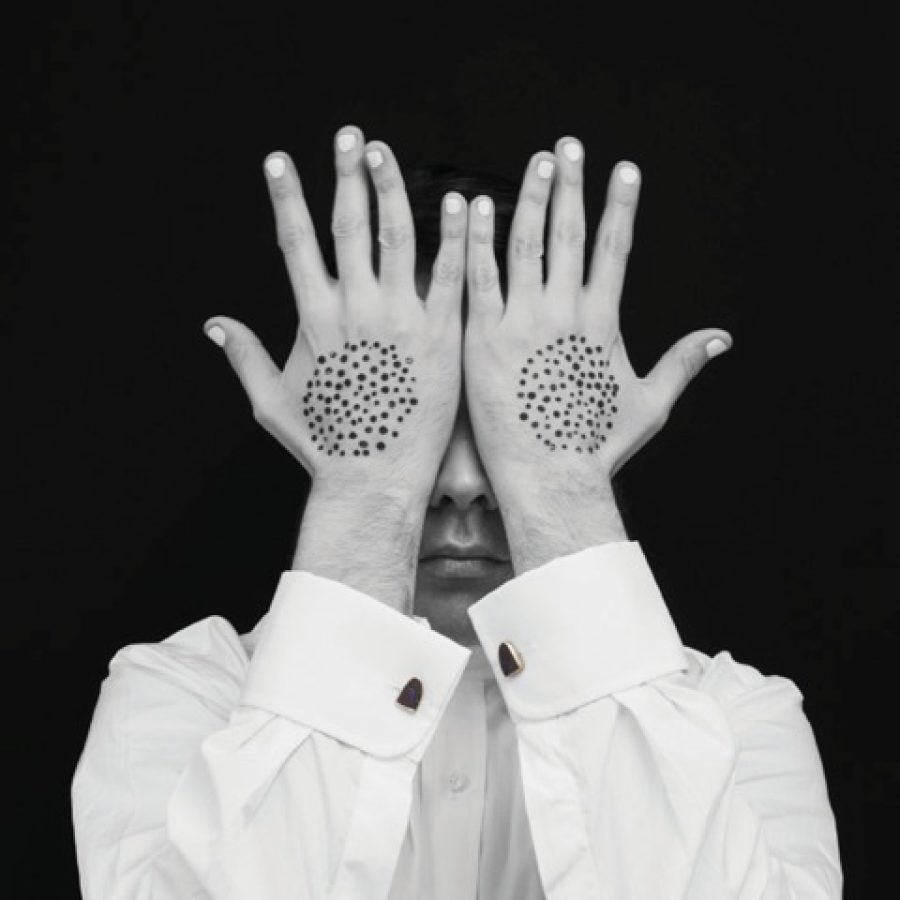
Christian Thompson
Energy Matter, 2012
C‑type print on Fuji pearl metallic paper, framed
104.3 x 104.3 cm
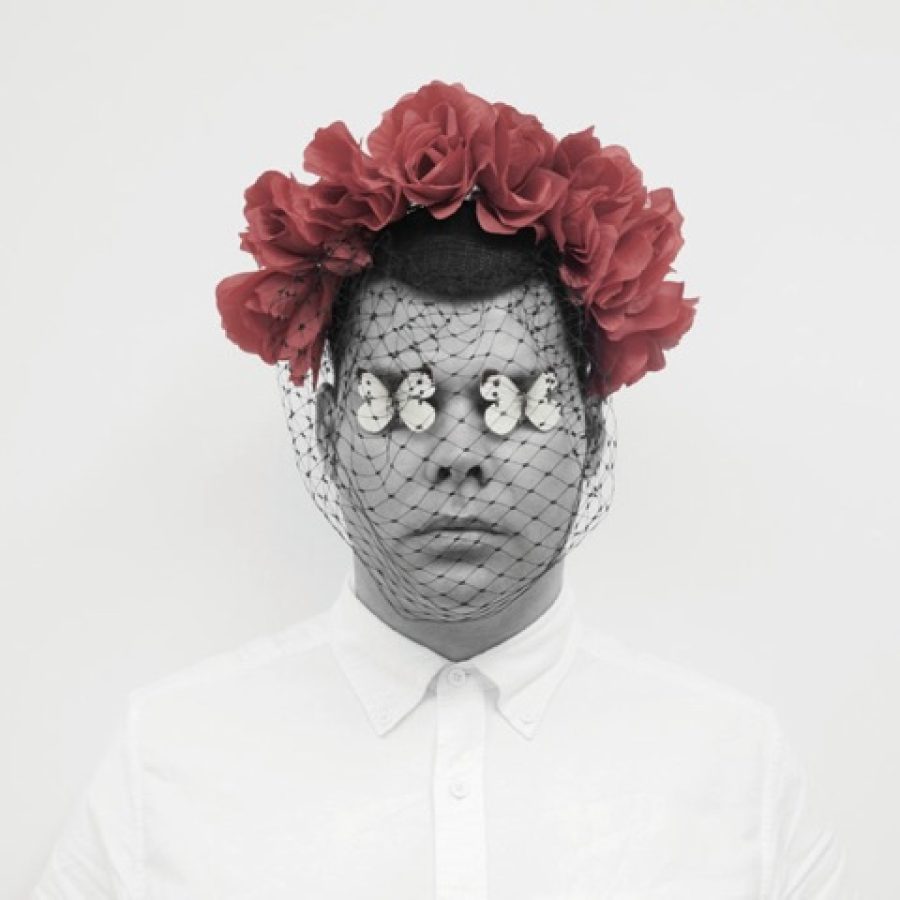
Christian Thompson
Lamenting the Flowers, 2012
C‑type print on Fuji pearl metallic paper, framed
104.3 x 104.3 cm
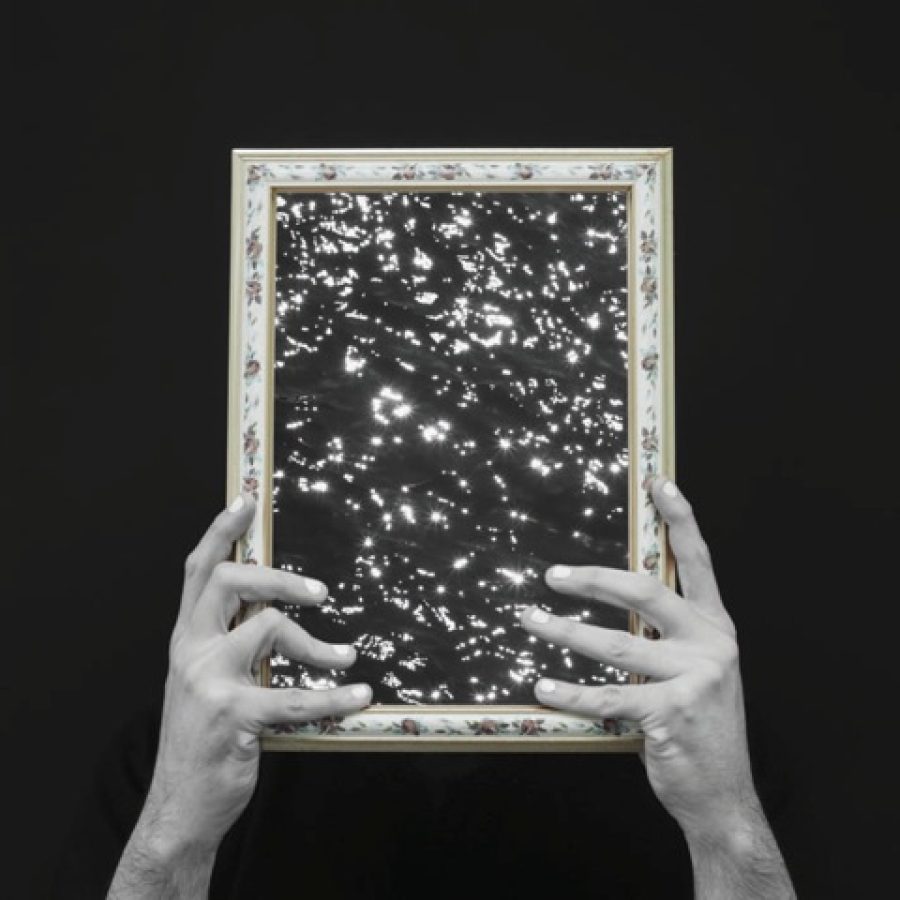
Christian Thompson
Danger Will Come, 2012
C‑type print on Fuji pearl metallic paper, framed
104.3 x 104.3 cm

Christian Thompson
Three Sisters, 2012
C‑type print on Fuji pearl metallic paper, framed
104.3 x 104.3 cm
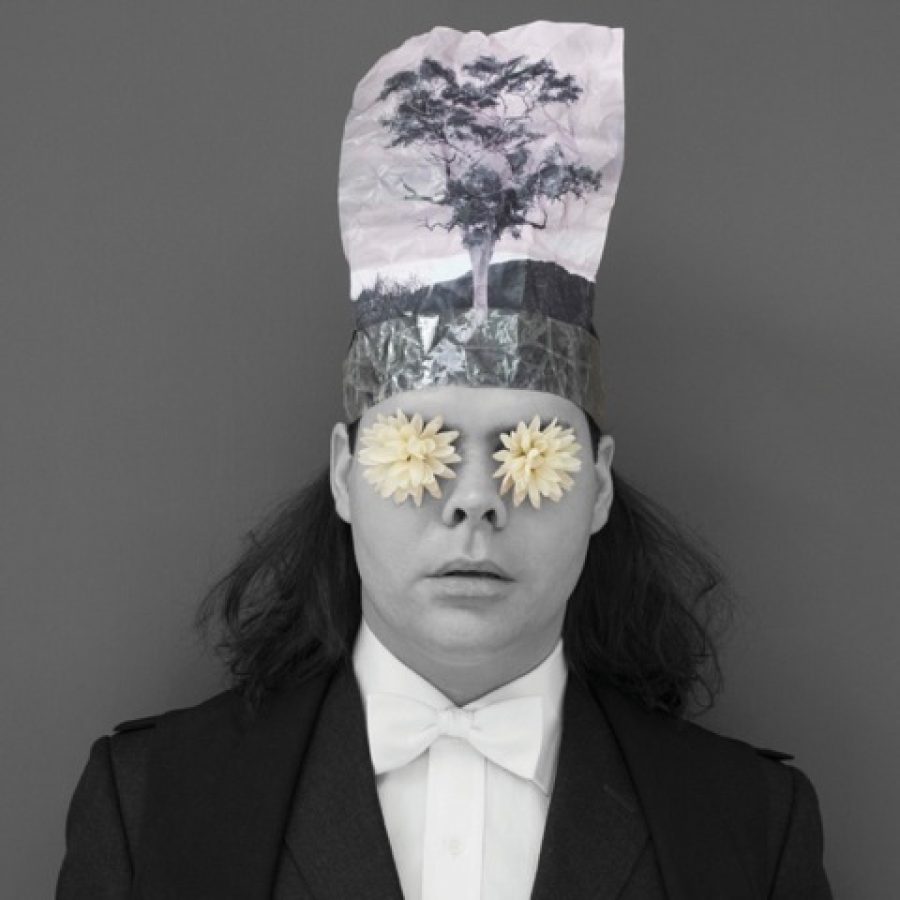
Christian Thompson
Desert Melon, 2012
C‑type print on Fuji pearl metallic paper, framed
104.3 x 104.3 cm
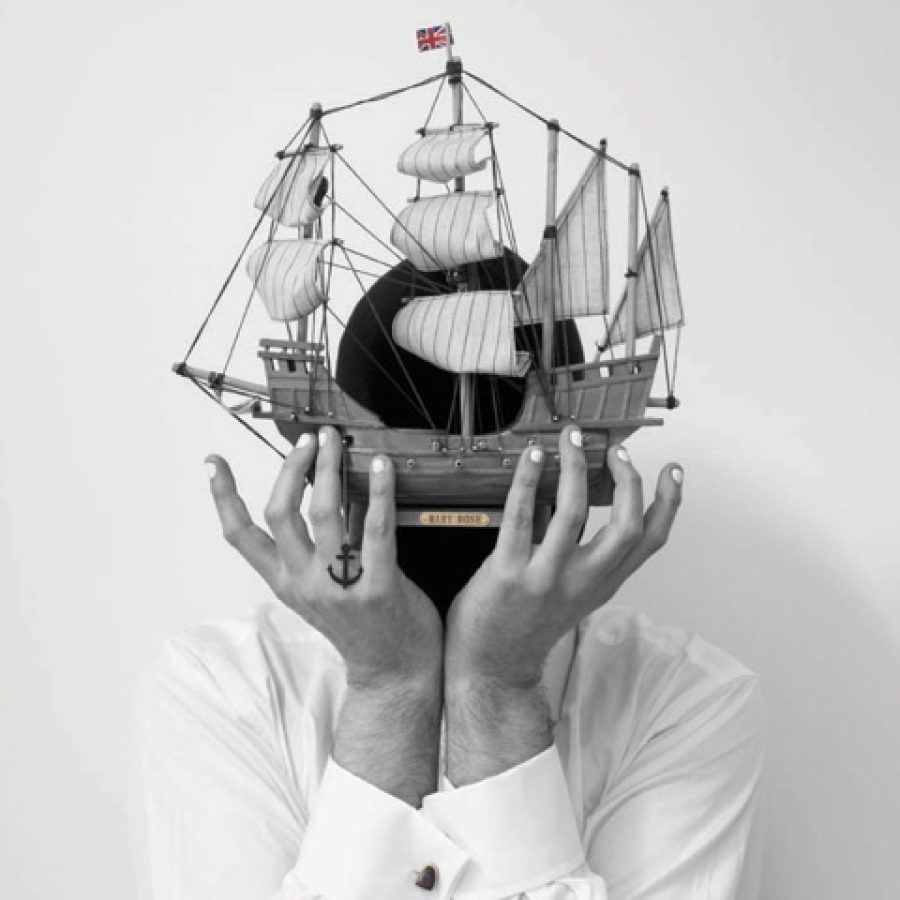
Christian Thompson
Invaded Dreams, 2012
C‑type print on Fuji pearl metallic paper, framed
104.3 x 104.3 cm

Christian Thompson
Down Under World, 2012
C‑type print on Fuji pearl metallic paper, framed
104.3 x 104.3 cm
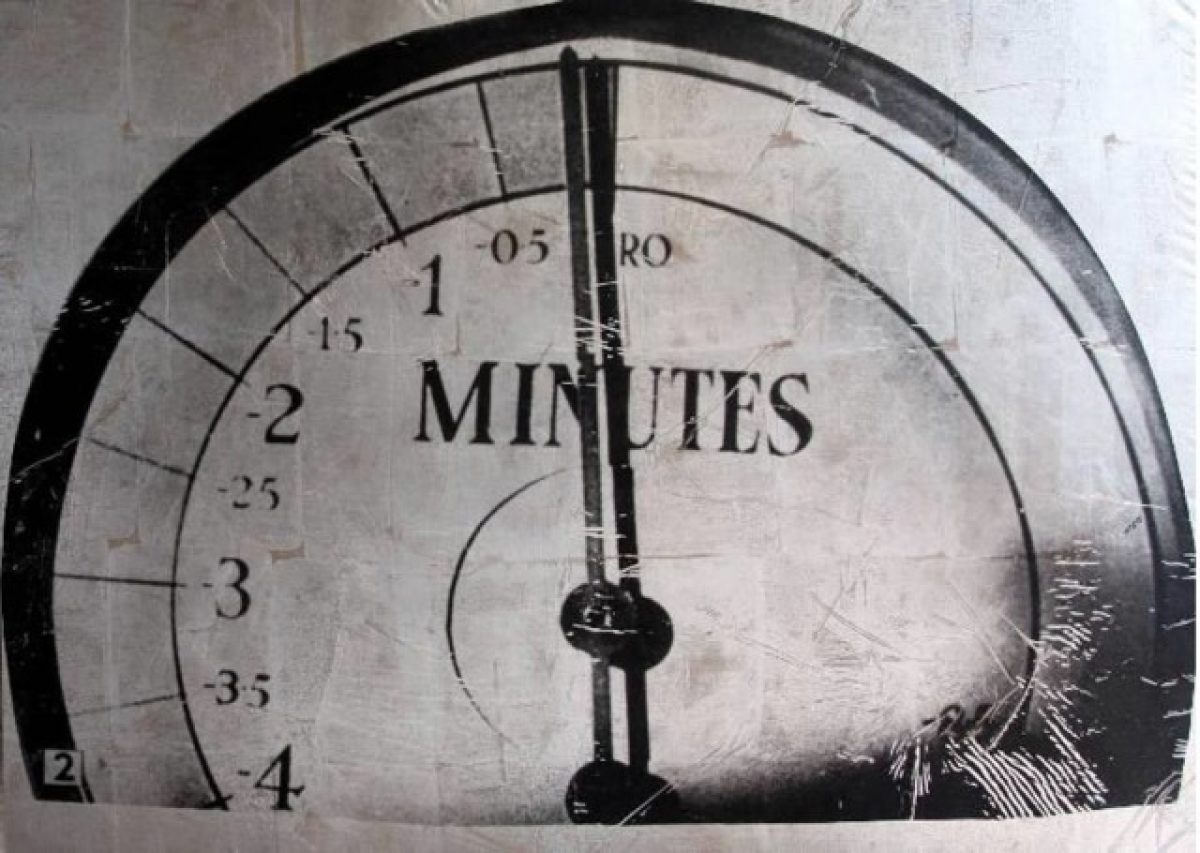
Brook Andrew
TIME I, 2012
Mixed media on Belgian linen
220 x 297 x 5 cm
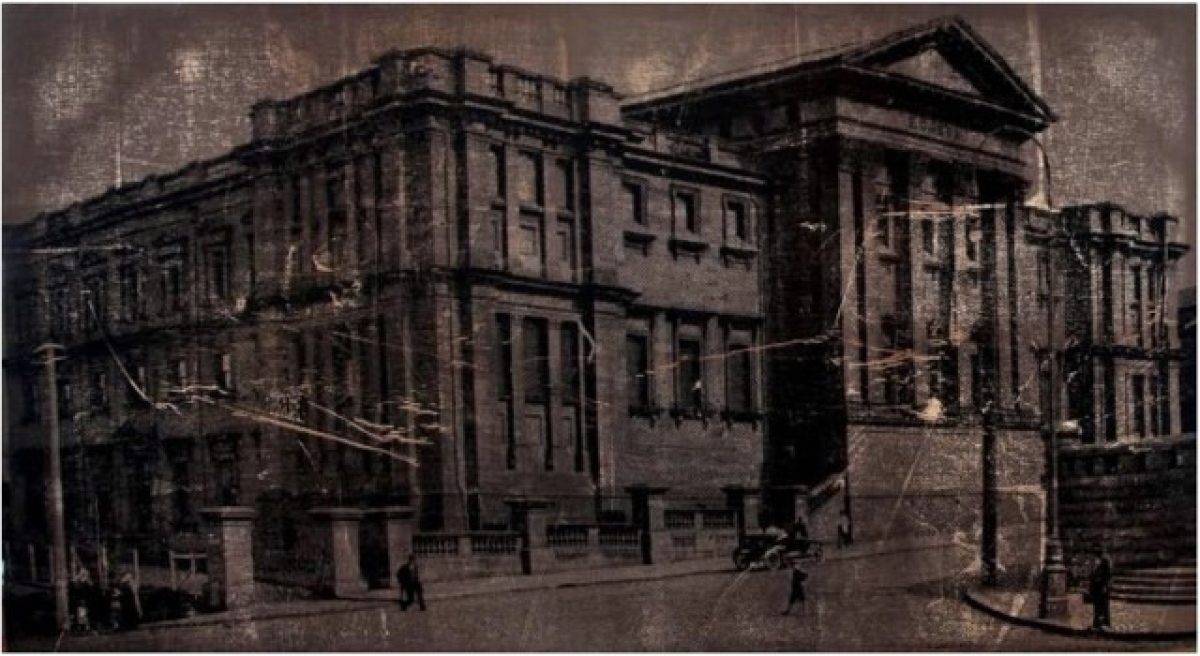
Brook Andrew
TIME II, 2012
Mixed media on Belgian linen
117 x 219 x 5 cm
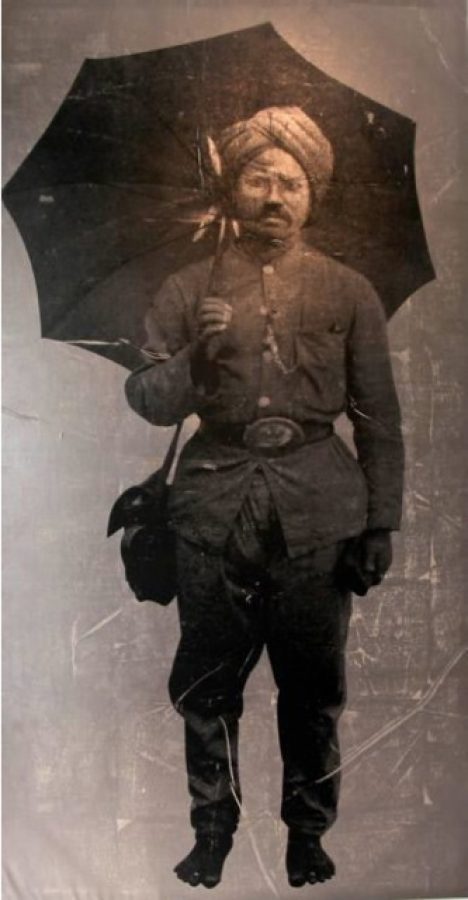
Brook Andrew
TIME III, 2012
Mixed media on Belgian linen
310 x 150 x 5 cm

Brook Andrew
TIME IV, 2012
Mixed media on Belgian linen
300 x 238 x 5 cm
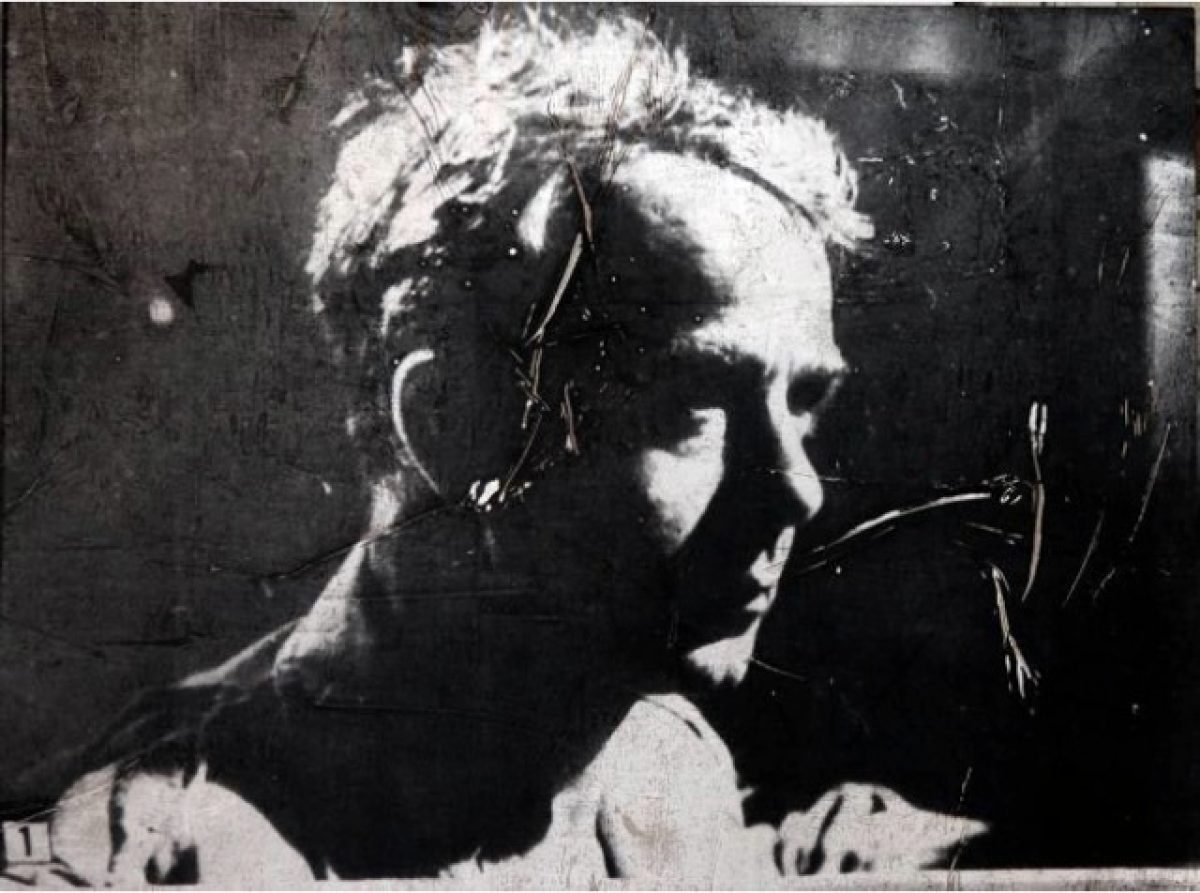
Brook Andrew
TIME V, 2012
Mixed media on Belgian linen
127 x 172 x 5 cm

Brook Andrew
TIME VI, 2012
Mixed media on Belgian linen
180 x 180 x 5 cm

Destiny Deacon
Blakula Rising (A), 2011
Inkjet print from digital image on archival paper, framed
50.5 x 123 cm

Destiny Deacon
Blakula Rising (B), 2011
Inkjet print from digital image on archival paper, framed
98 x 122.5 cm

Destiny Deacon
Blakula’s daughter and Joey, 2011
Inkjet print from digital image on archival paper, framed
122.5 x 97 cm
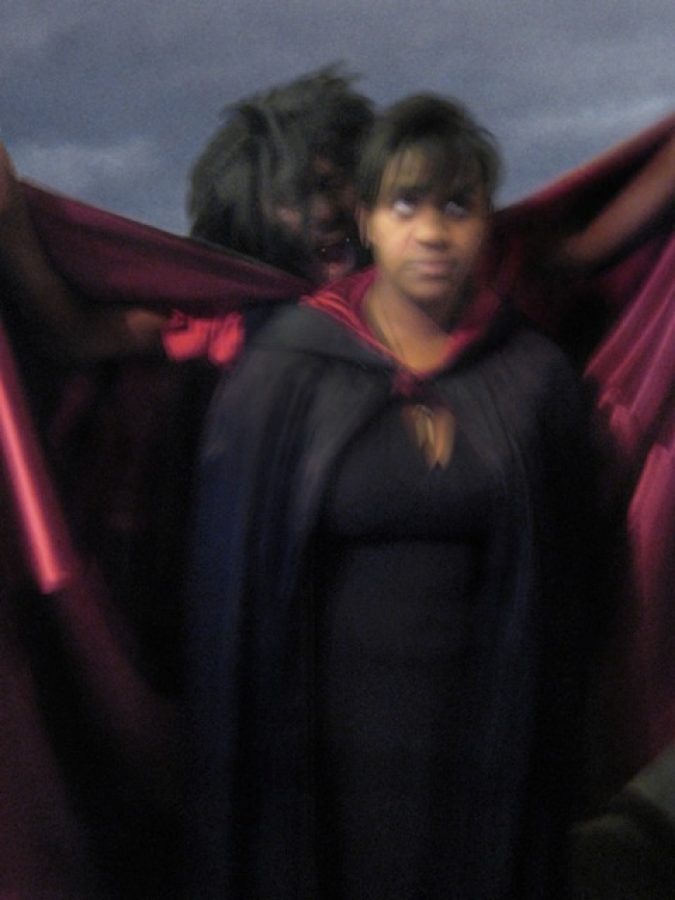
Destiny Deacon
Blakula and daughter, 2011
Inkjet print from digital image on archival paper, framed
122.5 x 97 cm

Michael Cook
Civilised #1, 2012
Inkjet print on paper, framed
125 x 111 cm
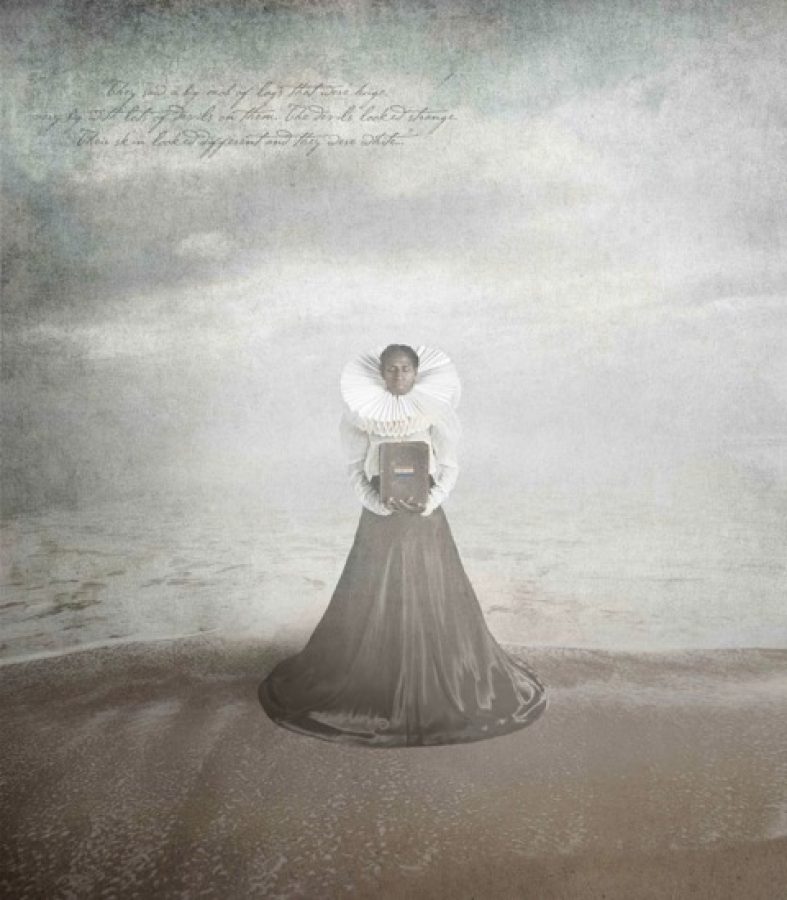
Michael Cook
Civilised #2, 2012
Inkjet print on paper, framed
125 x 111 cm

Michael Cook
Civilised #3, 2012
Inkjet print on paper, framed
125 x 111 cm
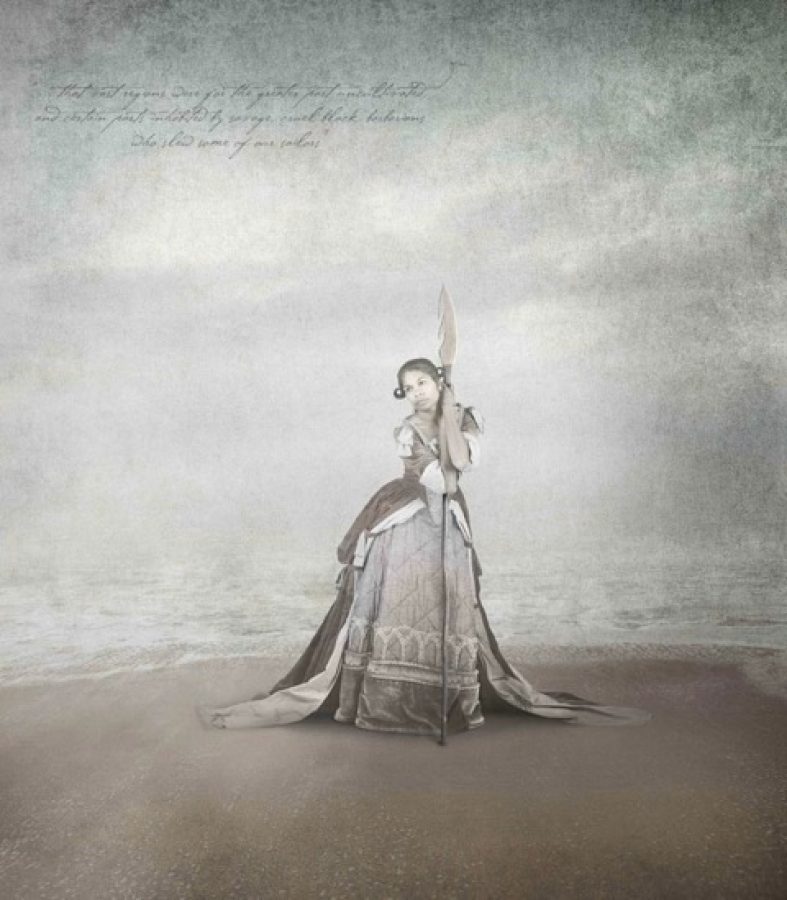
Michael Cook
Civilised #4, 2012
Inkjet print on paper, framed
125 x 111 cm
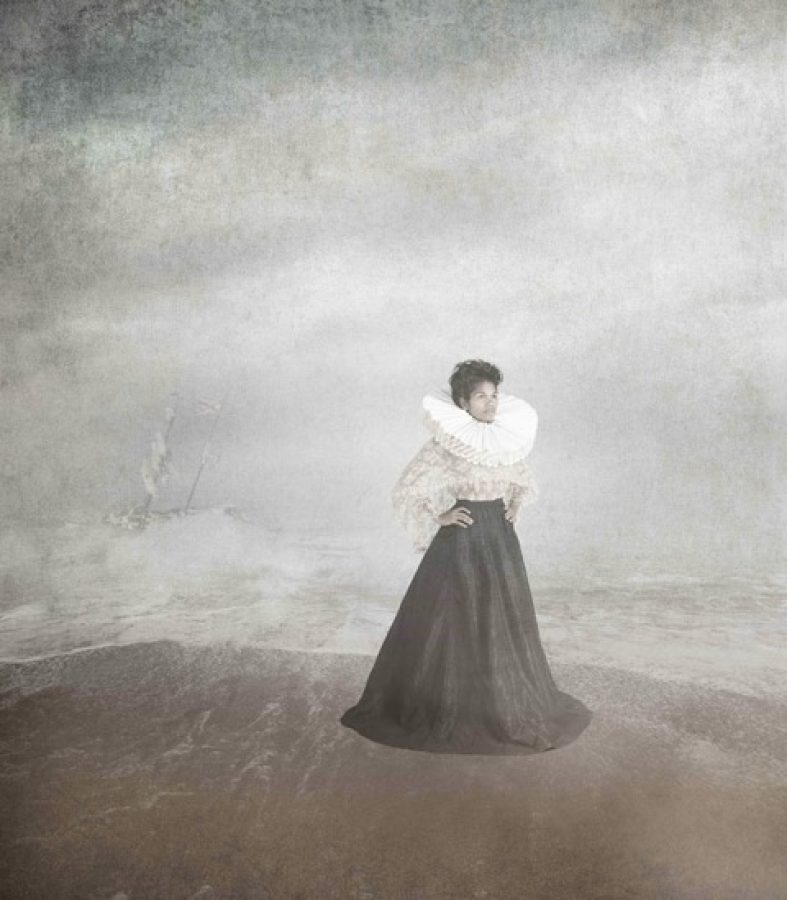
Michael Cook
Civilised #5, 2012
Inkjet print on paper, framed
125 x 111 cm

Michael Cook
Civilised #6, 2012
Inkjet print on paper, framed
125 x 111 cm
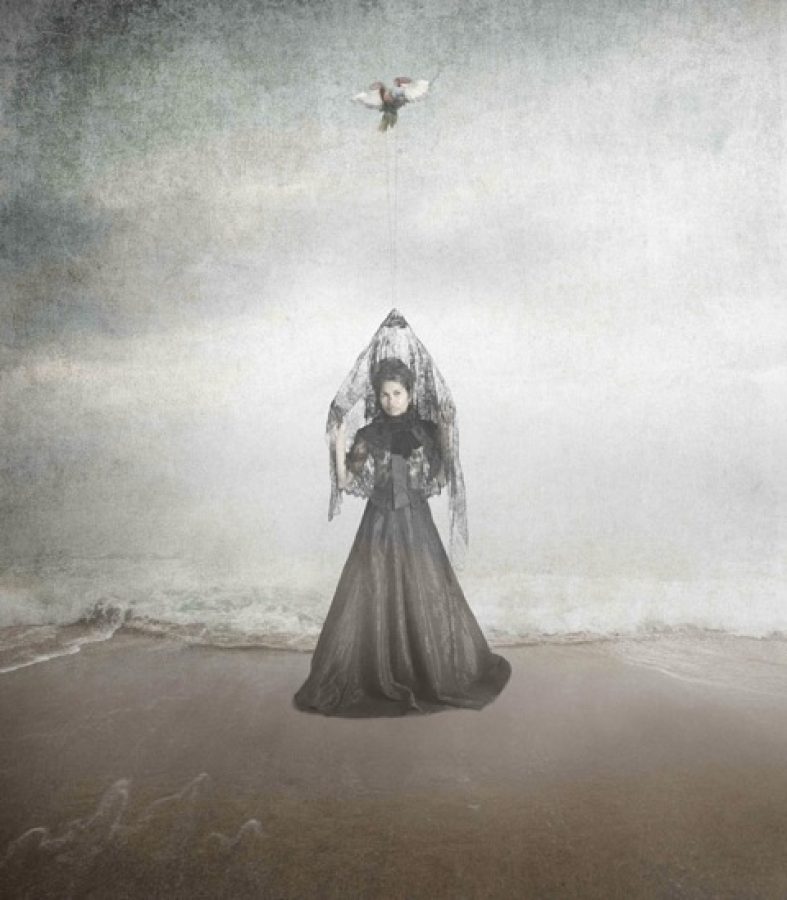
Michael Cook
Civilised #7, 2012
Inkjet print on paper, framed
125 x 111 cm
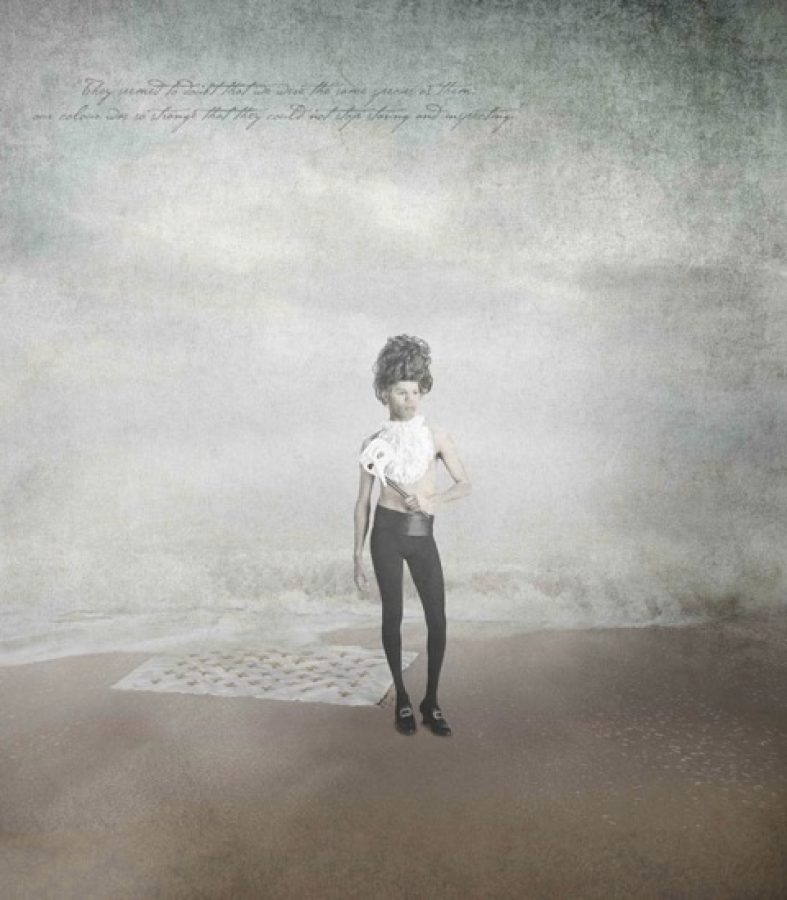
Michael Cook
Civilised #8, 2012
Inkjet print on paper, framed
125 x 111 cm
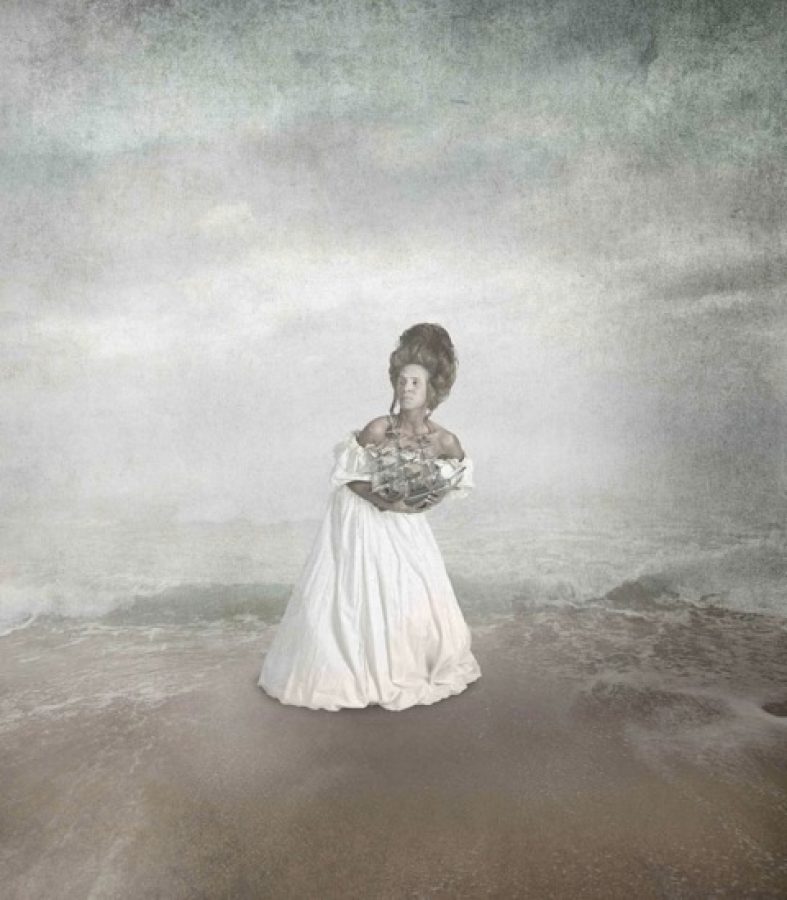
Michael Cook
Civilised #9, 2012
Inkjet print on paper, framed
125 x 111 cm
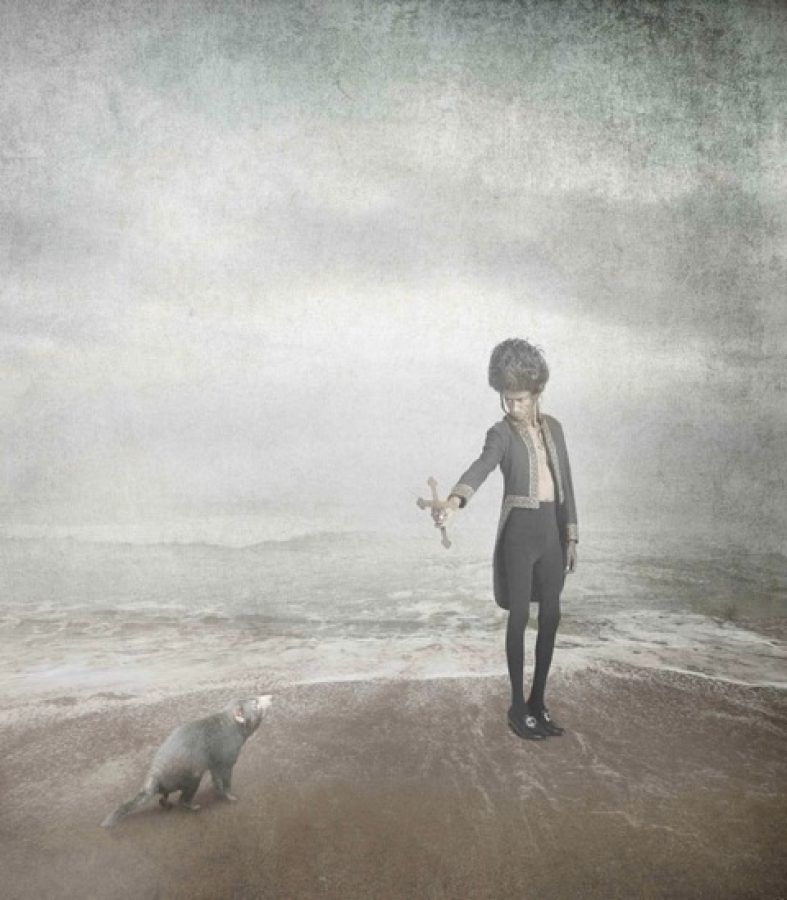
Michael Cook
Civilised #10, 2012
Inkjet print on paper, framed
125 x 111 cm
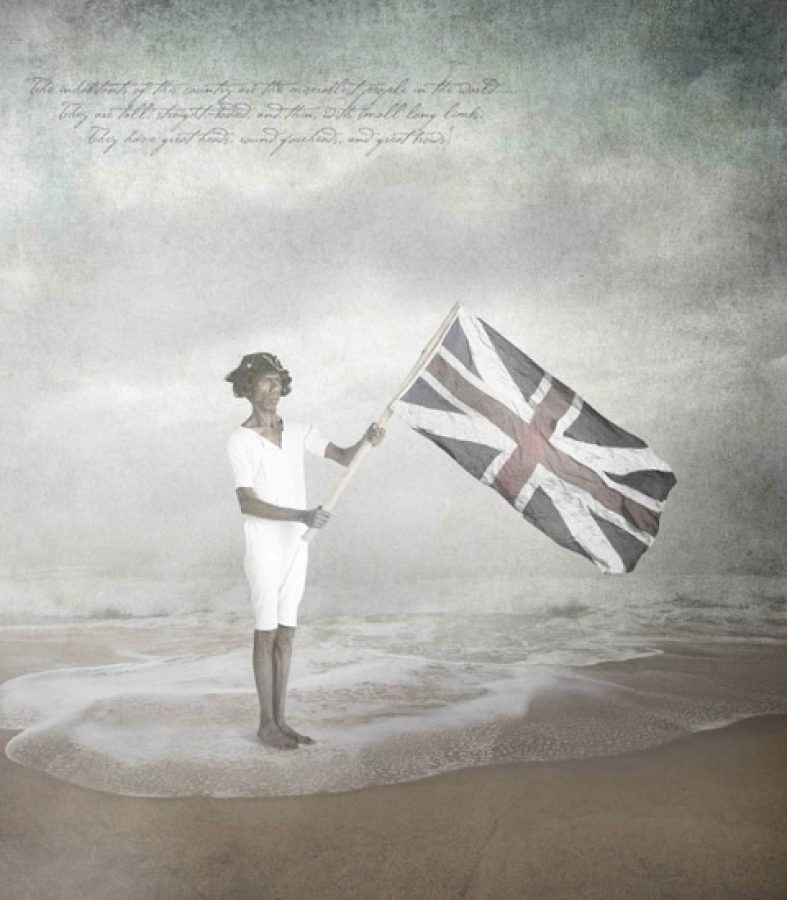
Michael Cook
Civilised #11, 2012
Inkjet print on paper, framed
125 x 111 cm
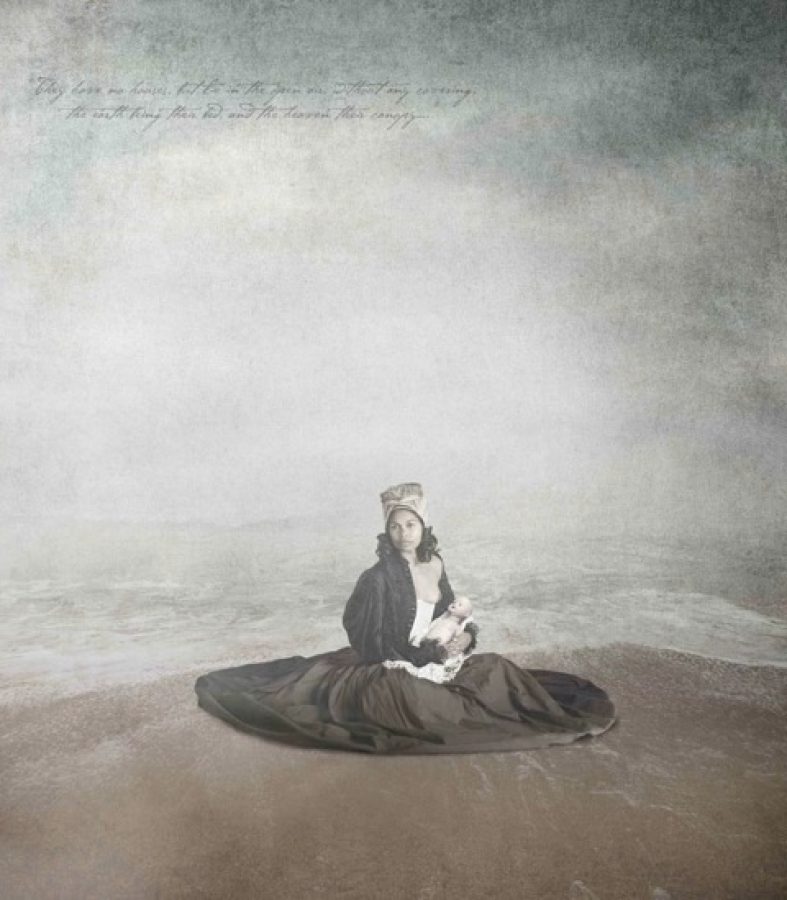
Michael Cook
Civilised #12, 2012
Inkjet print on paper, framed
125 x 111 cm
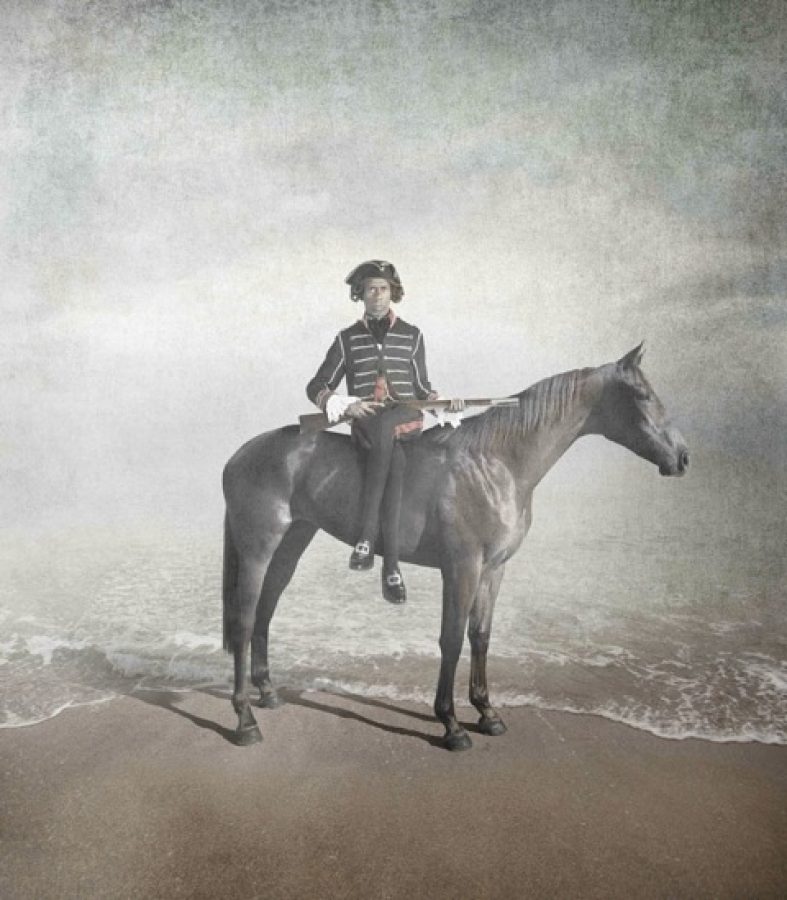
Michael Cook
Civilised #13, 2012
Inkjet print on paper, framed
125 x 111 cm
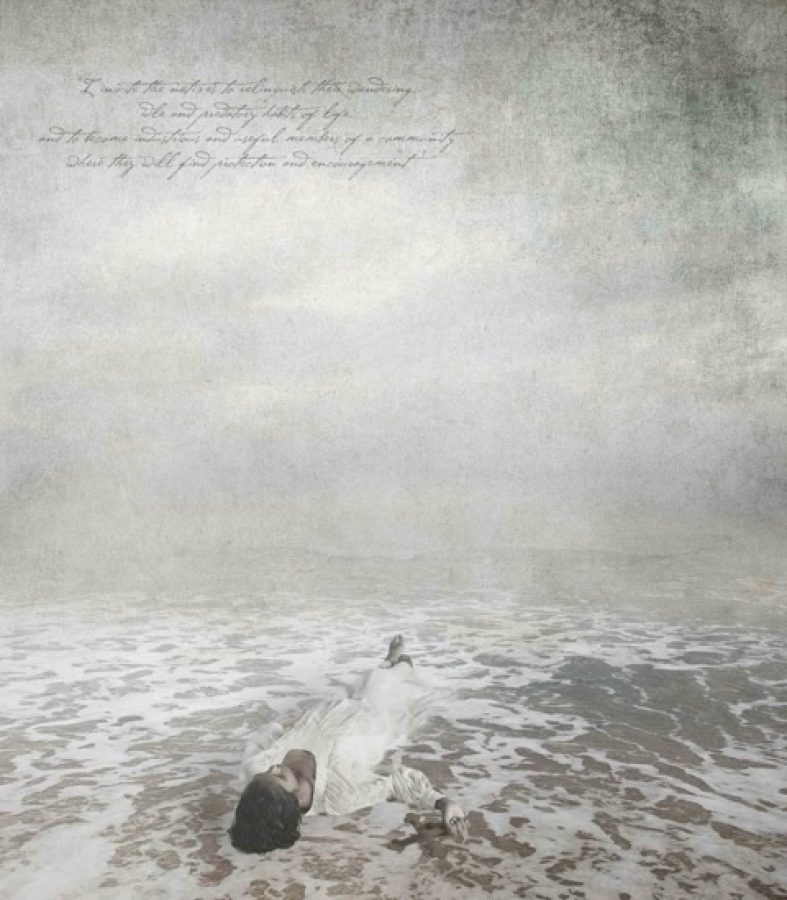
Michael Cook
Civilised #14, 2012
Inkjet print on paper, framed
125 x 111 cm
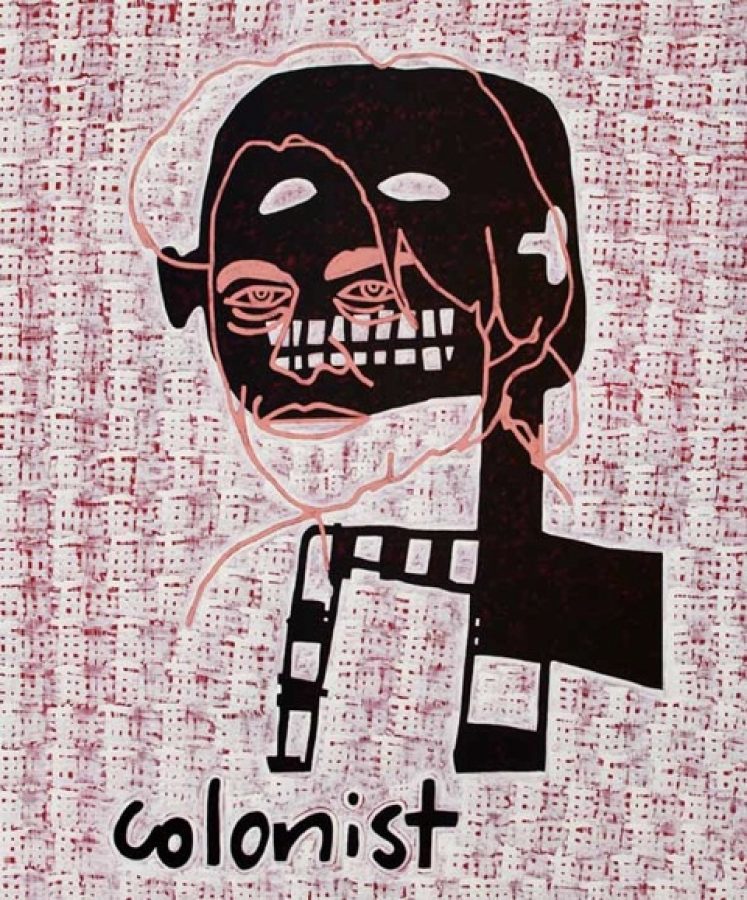
Gordon Bennett
Abstraction (Colonist), 2011
Acrylic on linen
182.5 x 152 cm

Daniel Boyd
Untitled (est 1892), 2013
Oil and archival glue on board
60 x 40 cm

Daniel Boyd
Untitled (Lift Up Thy Prayer For The Remnant That Is Left), 2013
Oil and archival glue on polyester
196 x 300 cm



